EAGAN, Minn. — The Vikings are 1-5 at the bye, and find themselves in last place in both the NFC North and only above the 1-6 Giants in the conference.
Minnesota entered the 2020 season with playoff aspirations following a road postseason victory in New Orleans.
But through six games, the Vikings have had miscues in all three phases on the way to just a single win.
Vikings Head Coach Mike Zimmer recently summed up that state of his team thus far: "Got a lot of work to do, lot of things to clean up."
The Vikings have 10 games remaining, including five against NFC North opponents.
Here are six Vikings takeaways from the first six weeks of the 2020 season:
1. Too many turnovers | By Eric Smith
Entering Week 7, the Vikings rank near the bottom of the league in a handful of categories.
But perhaps the most concerning of those stats is Minnesota's turnover margin, as the Vikings rank 30th in the league with a turnover differential of minus-7. The Vikings have 12 turnovers and five takeaways thus far.
Offensively, Minnesota's 12 turnovers are the second-most in the league. Kirk Cousins has been involved with 11 of them, as the Vikings starting quarterback has a fumble lost, plus a league-high 10 interceptions.
After throwing just six interceptions in 15 games in 2019, Cousins has thrown at least one pick in five of six games and has three games with multiple interceptions in 2020. The Vikings other turnover was a Dalvin Cook fumble.
Defensively, Eric Wilson has a pair of interceptions and a fumble recovery for the Vikings. Harrison Smith has an interception, and Dan Chisena recovered a fumble on special teams.
Minnesota's penchant for committing turnovers has also hampered the Vikings time of possession, as the team ranks 29th in that stat with 27 minutes and 27 seconds per game.
The Vikings won the turnover margin in their only victory but have lost the battle in each of their losses this season.
2. An up-and-down offensive line | By Eric Smith
It seems that there is a sharp focus on the Vikings offensive line every season.
That has been true again because of up-and-down performances in 2020.
Brian O'Neill and Riley Reiff have performed well at the tackle spots, as the bookends have been the clear strength of the offensive line. According to analytics website Pro Football Focus, O'Neill has the team's best grade for an offensive lineman at 77.3. Reiff's grade of 65.4 is the third-highest among all linemen.
Second-year center Garrett Bradbury has the Vikings second-highest grade among linemen, as the 2019 first-round pick has a PFF grade of 66.6.
But while the tackles have been solid and Bradbury has shown growth in his sophomore season, the play of Vikings guards has left a lot to be desired.
Dakota Dozier has started all six games at left guard and has produced a PFF grade of 50.5. Pat Elflein switched from left guard to right guard, but has played just one game due to an injury.
Dru Samia struggled while starting four games in place of Elflein, as he produced an overall PFF grade of 33.3 in 272 offensive snaps. Rookie second-rounder Ezra Cleveland started at right guard in Week 6 and had a so-so NFL debut.
"I think he had some good moments and some moments he'd like to have back," Zimmer said. "He did some impressive things and then he had some poor moments. For the first time out, it wasn't too bad."
3. Justin Jefferson is as-advertised | By Lindsey Young
No one questioned Justin Jefferson's talent when the Vikings drafted him 22nd overall in April.
They did ask, though, if the LSU standout would perform as well on the outside as in the slot, being that Vikings No. 1 receiver Adam Thielen often makes plays from the inside.
Six weeks in, it seems that question has been answered.
Jefferson has proven to be as-advertised (and more) for Minnesota in his first few NFL games. The youngster has made plays all over the field and on every route length. An intermediate catch to convert a fourth down at Seattle was every bit as impressive as his first career touchdown, a flashy 71-yard play against the Titans in Week 3.
At 21 years old, Jefferson has shown a maturity on and off the field.
He currently ranks fifth in the NFL in receiving with 537 total yards and a catch average of 19.2 yards.
Oh, yeah – he also has the second-most receiving yards through the first six games of a season by a rookie since 1970.
So while it's early in his NFL career, one thing seems pretty certain: Jefferson is the real deal.
View photos of the Vikings 53-man roster as of January 4, 2021.



14 QB Sean Mannion

4 QB Sean Mannion



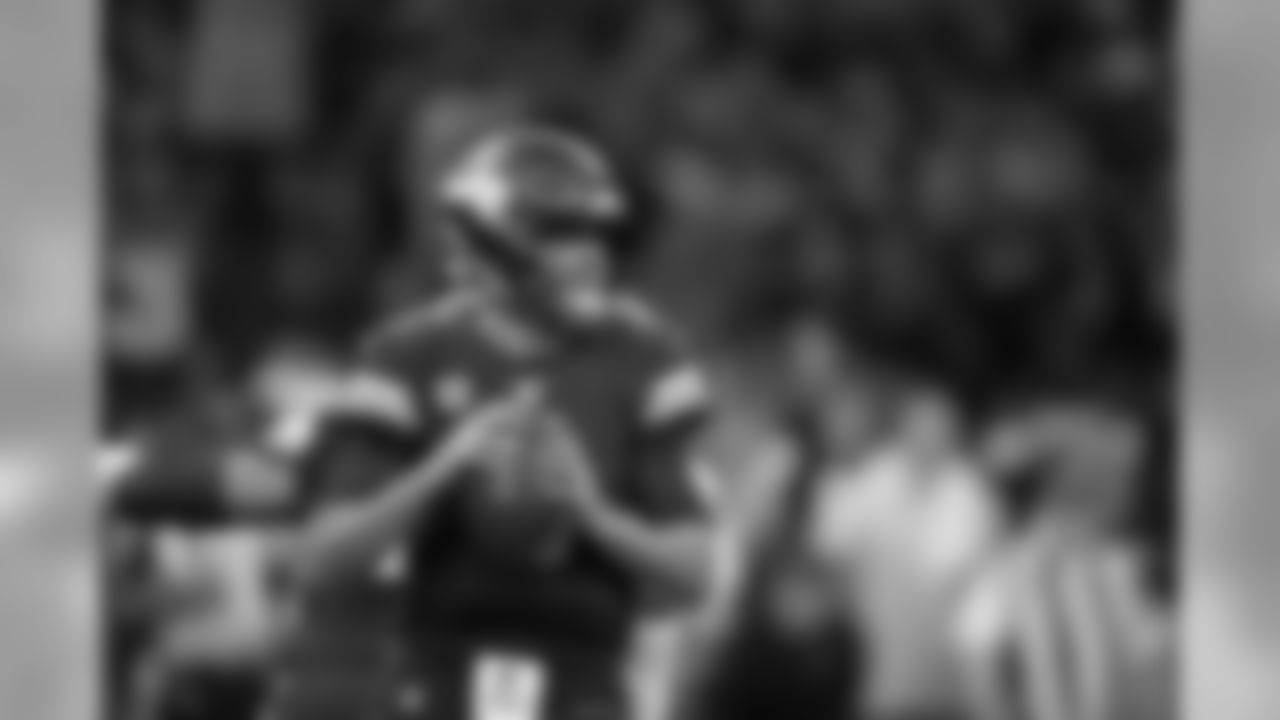



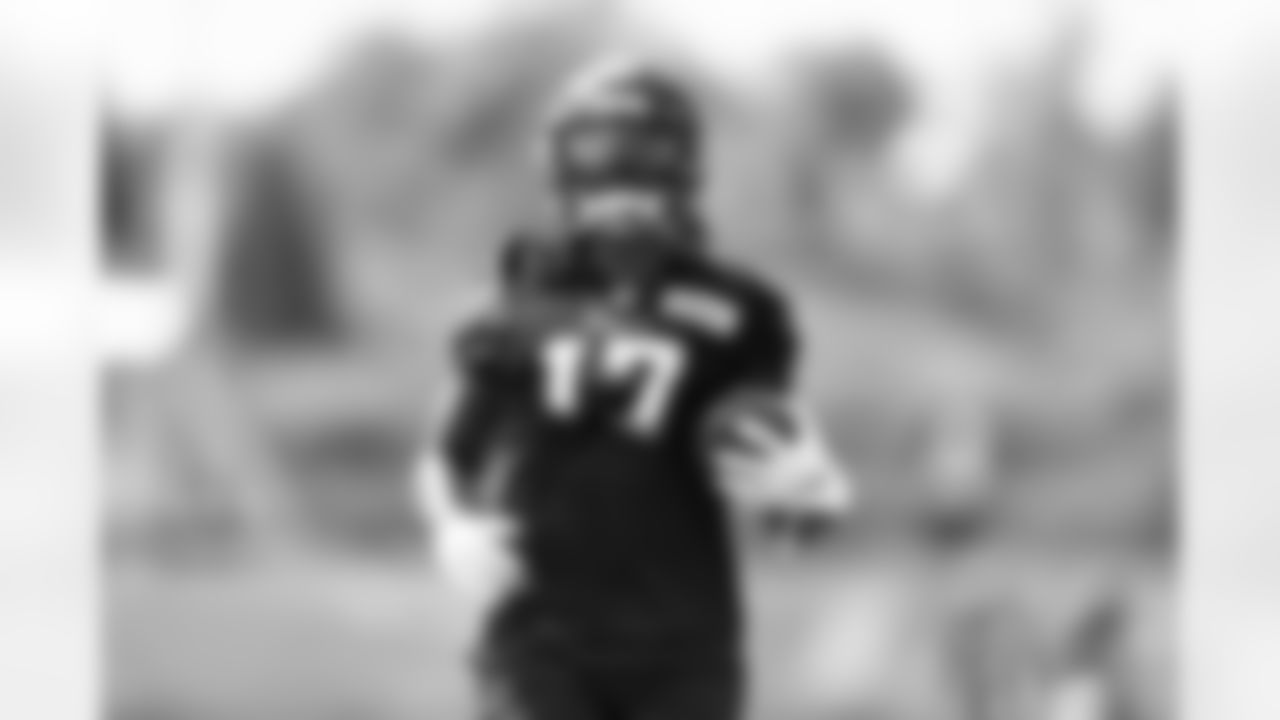
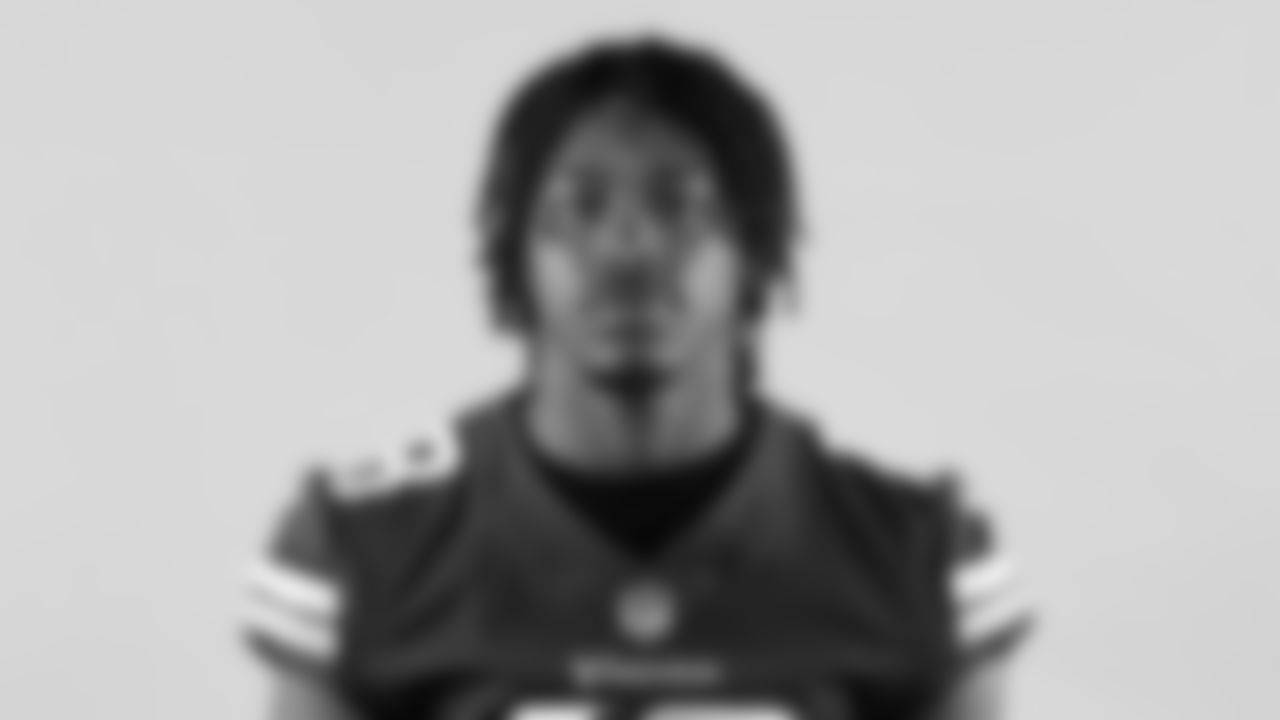
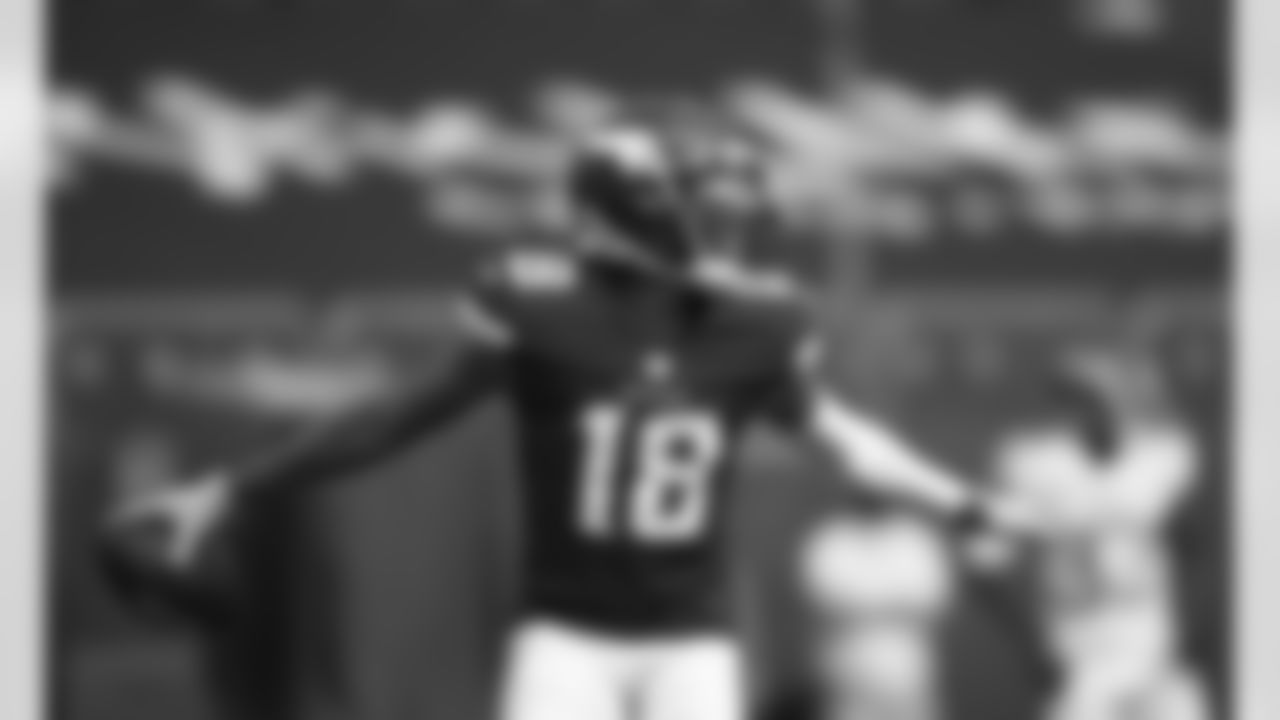
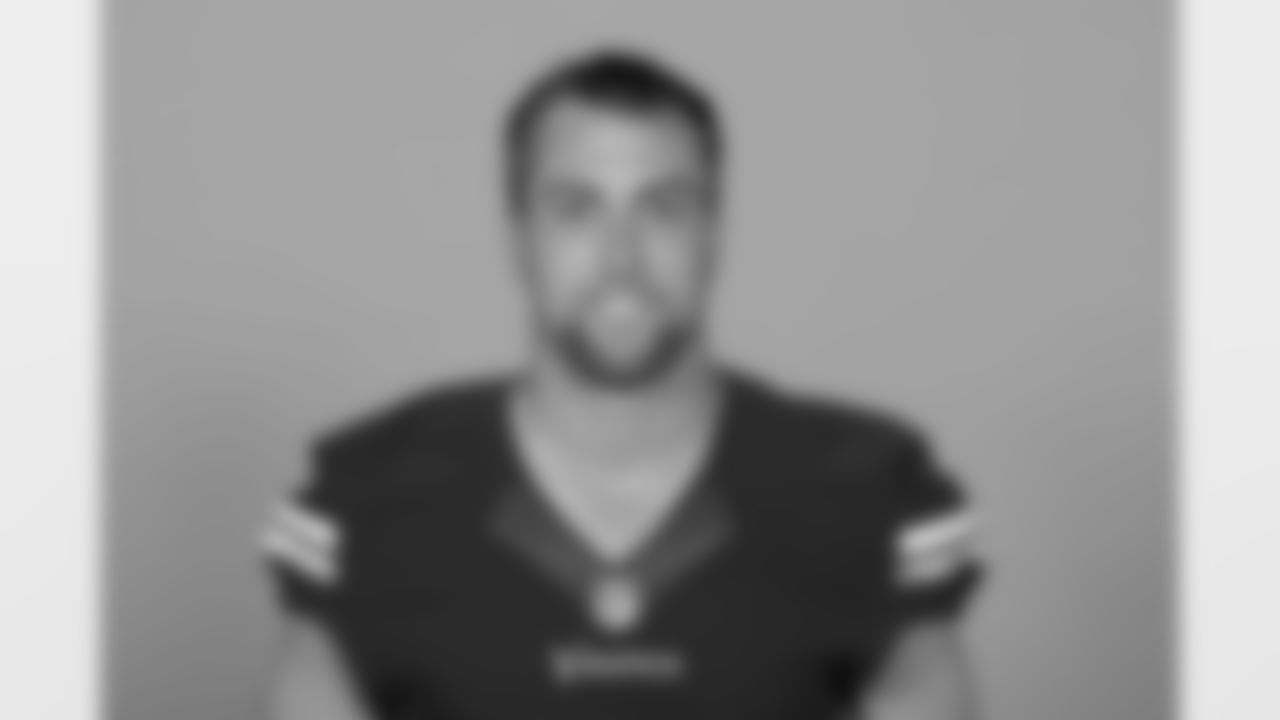
19 WR Adam Thielen

19 WR Adam Thielen
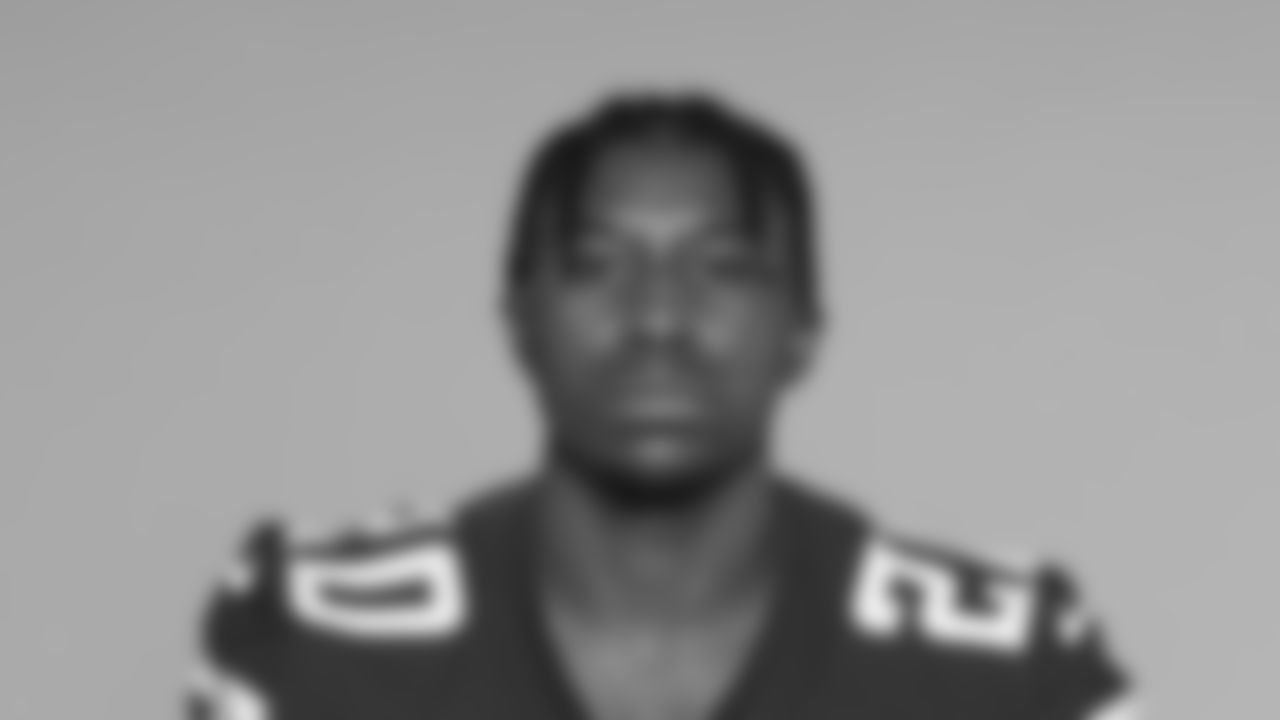
20 CB Jeff Gladney

20 CB Jeff Gladney


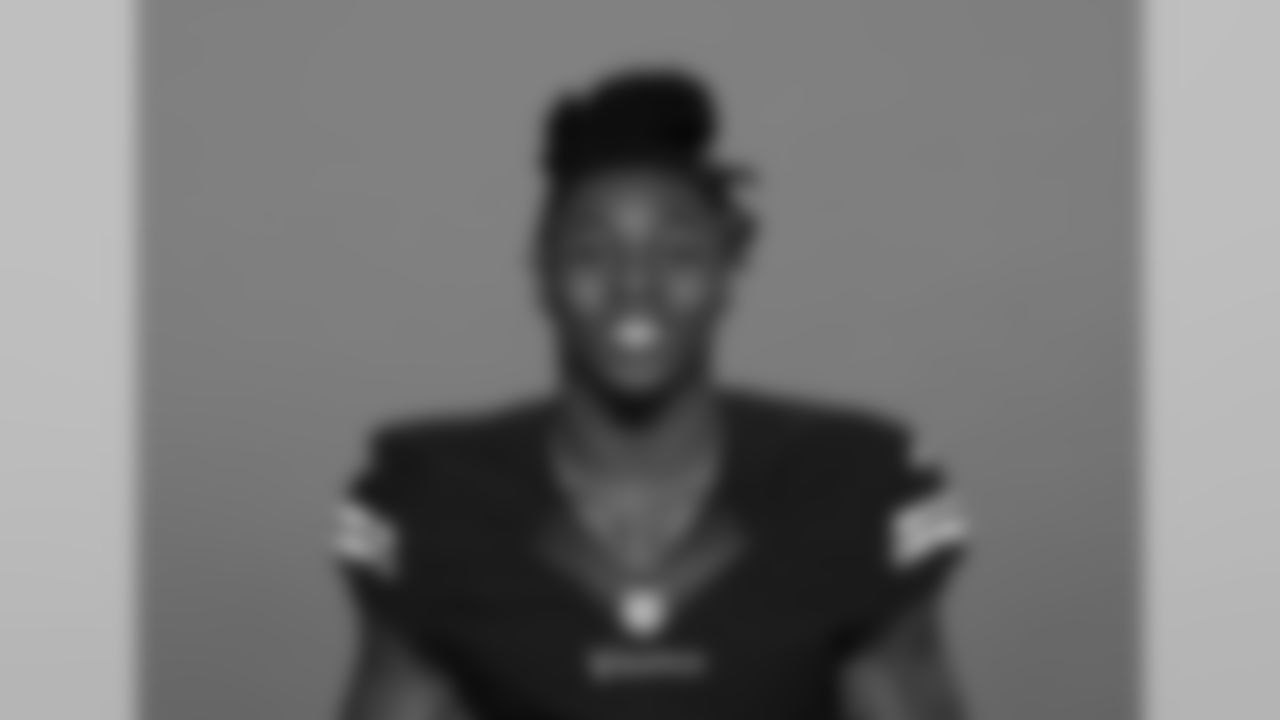
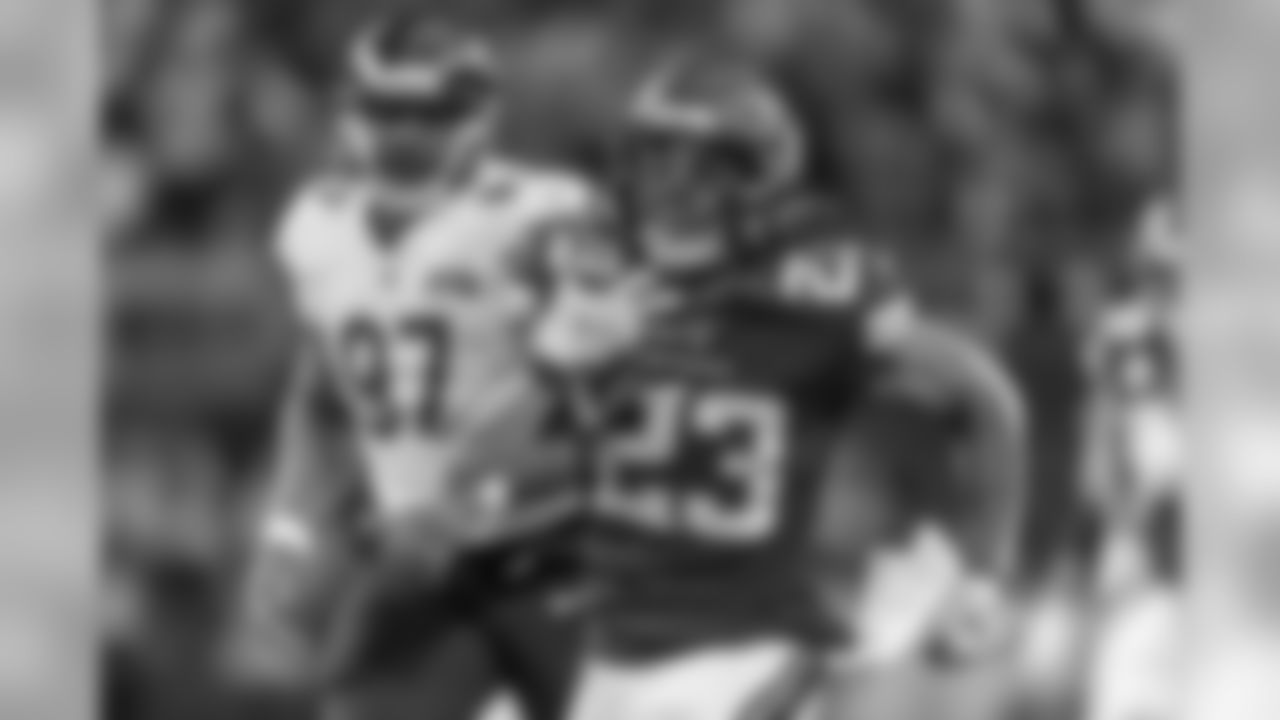
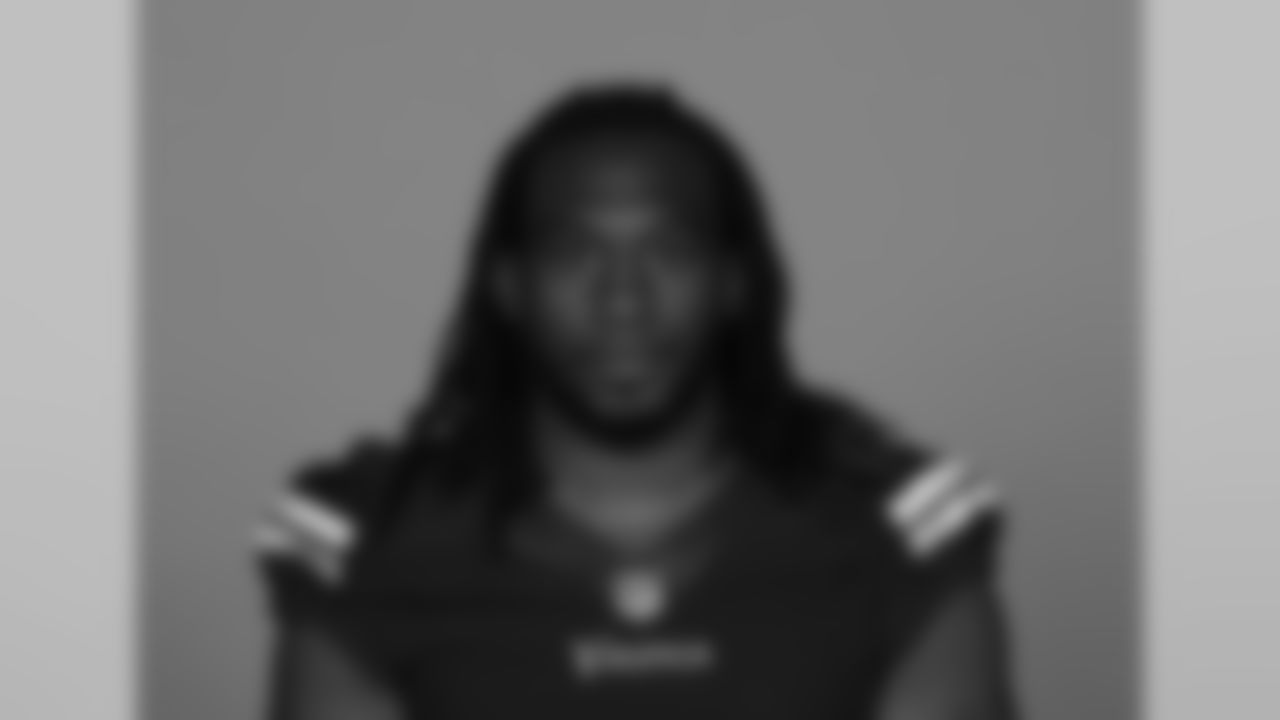
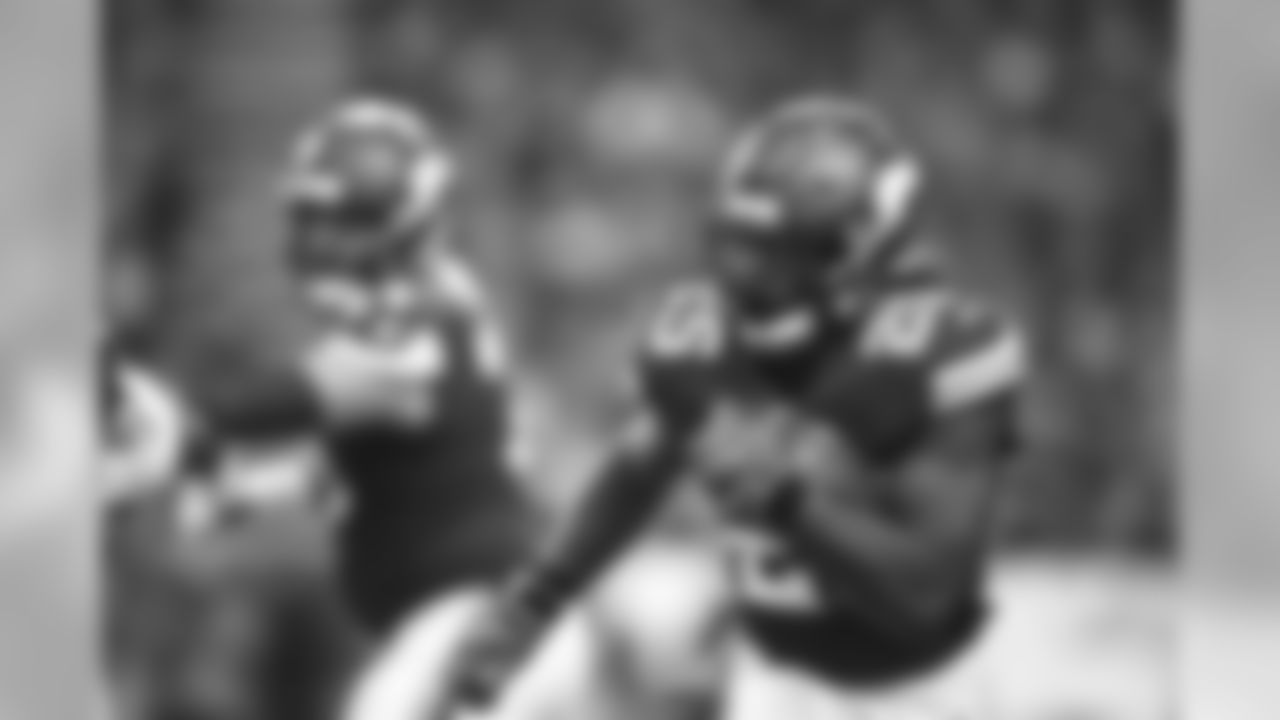

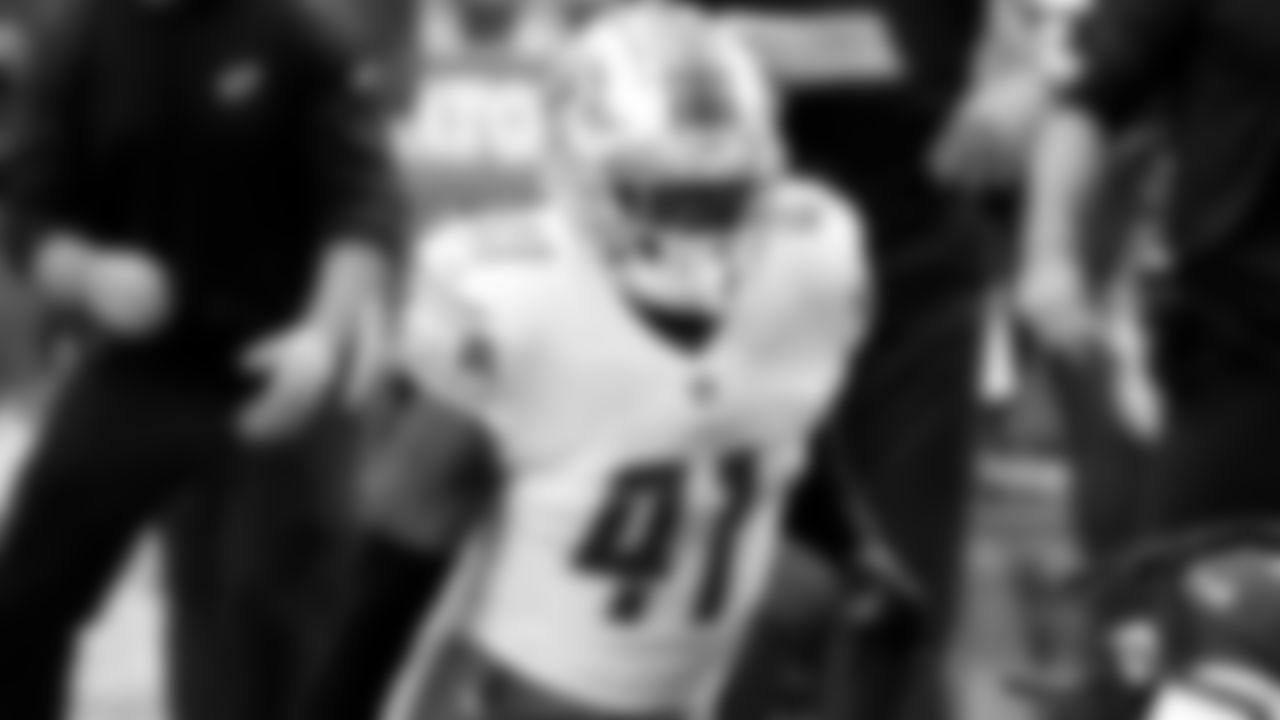

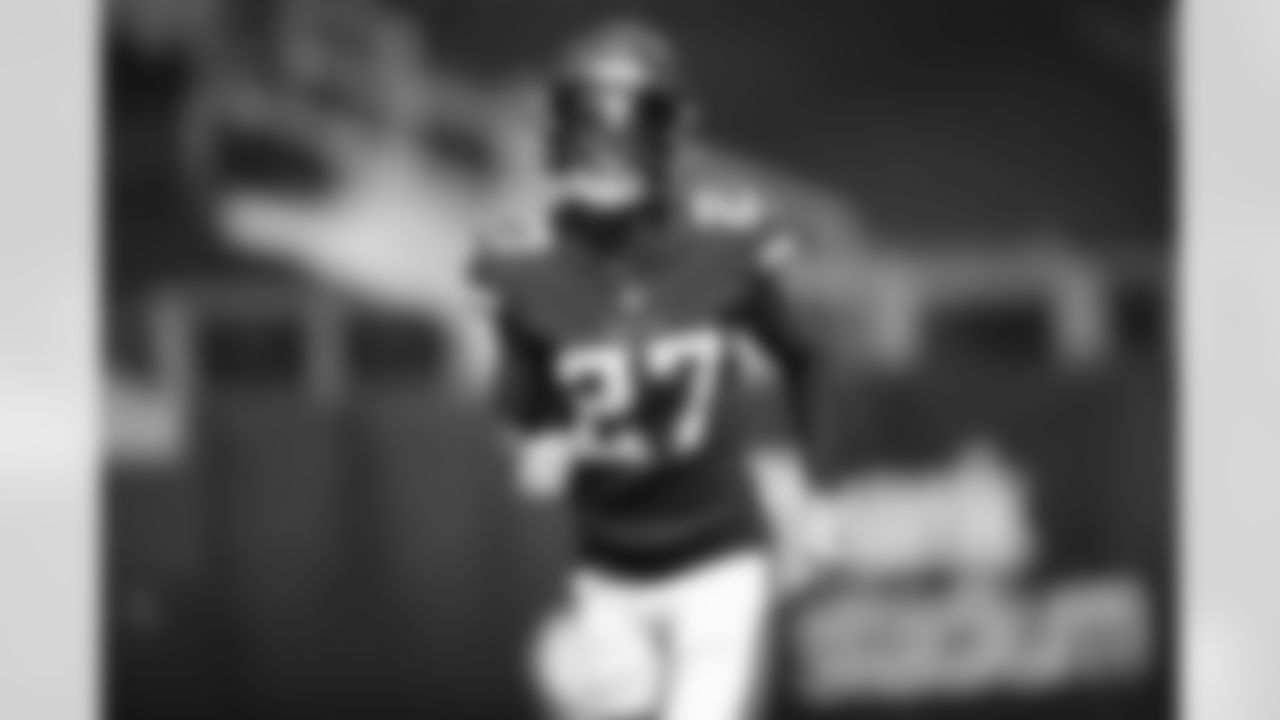
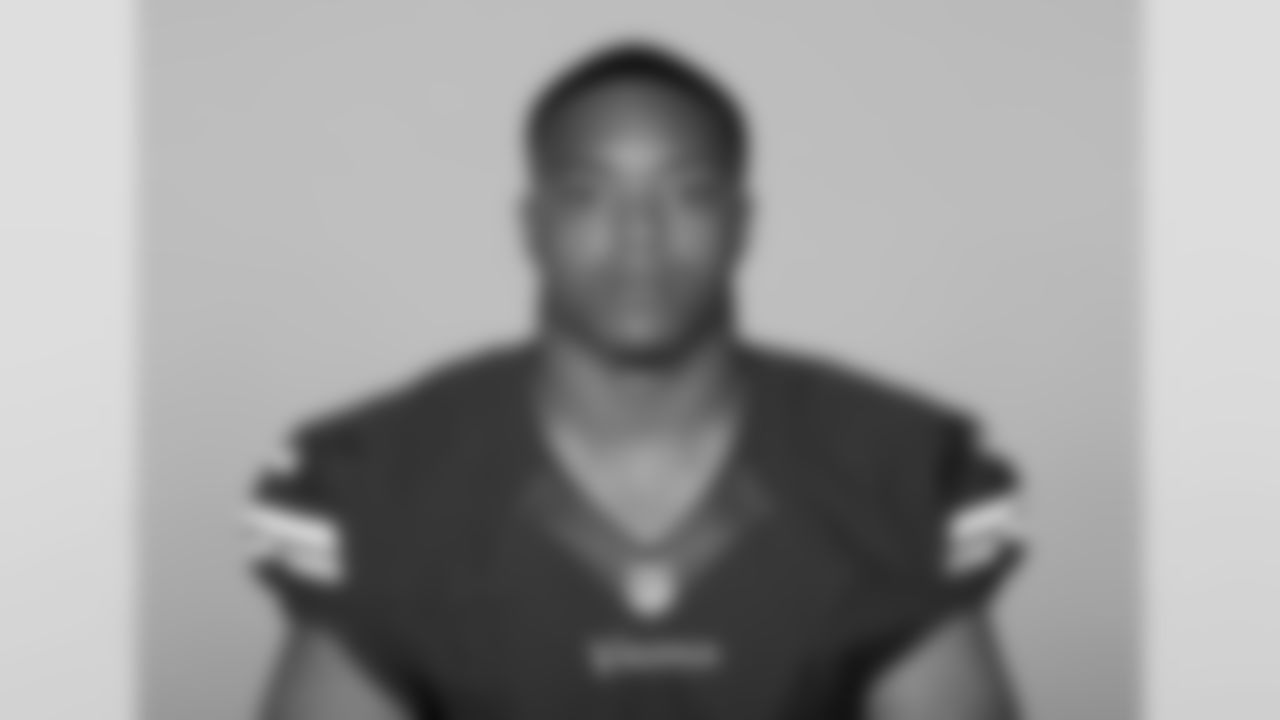
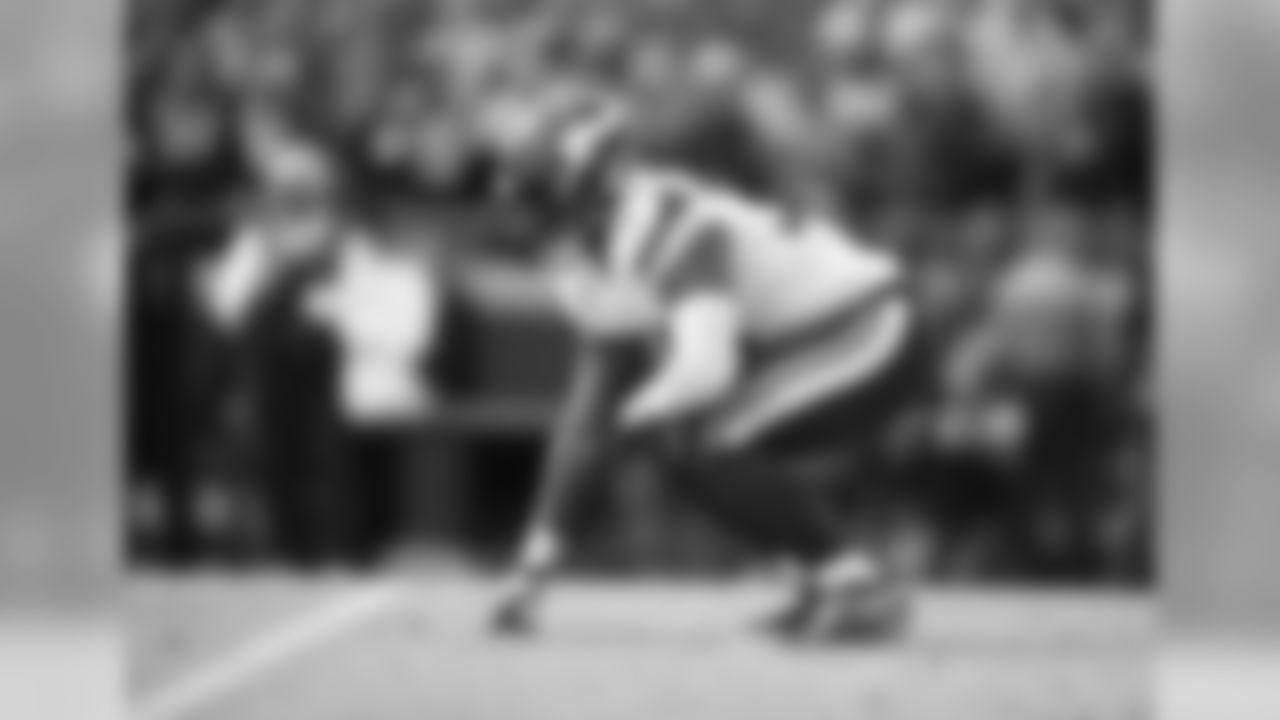
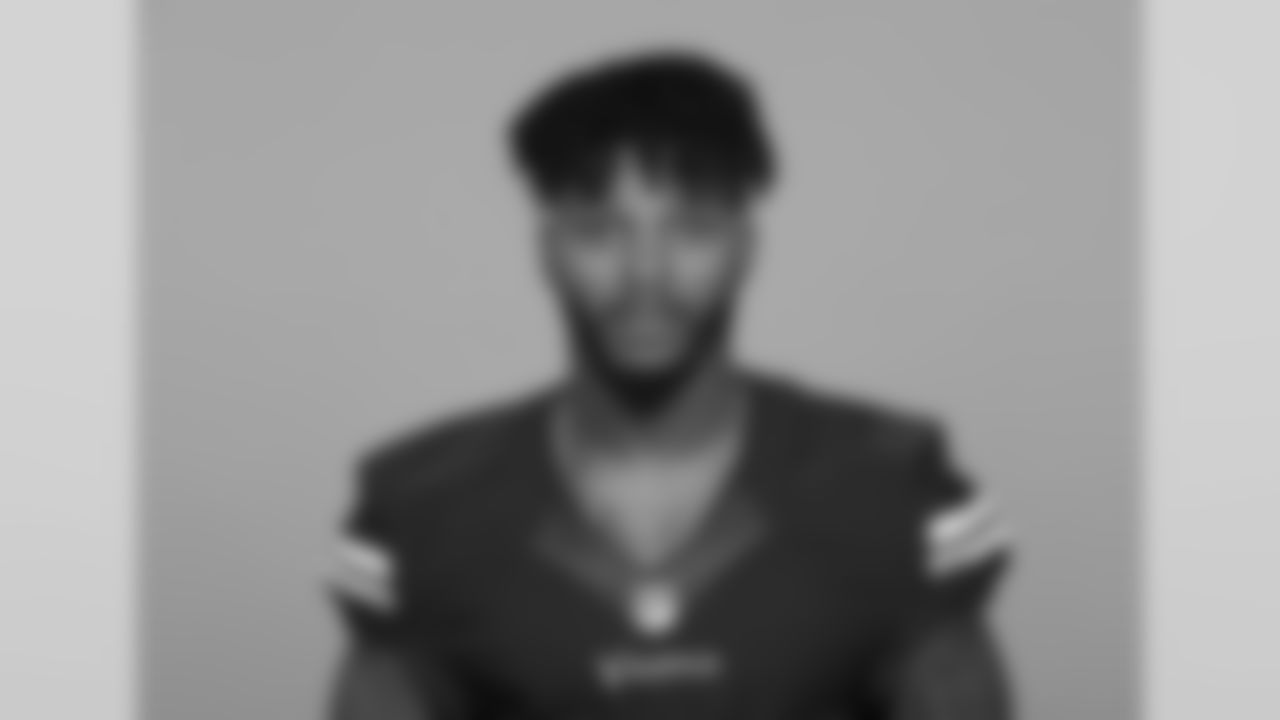



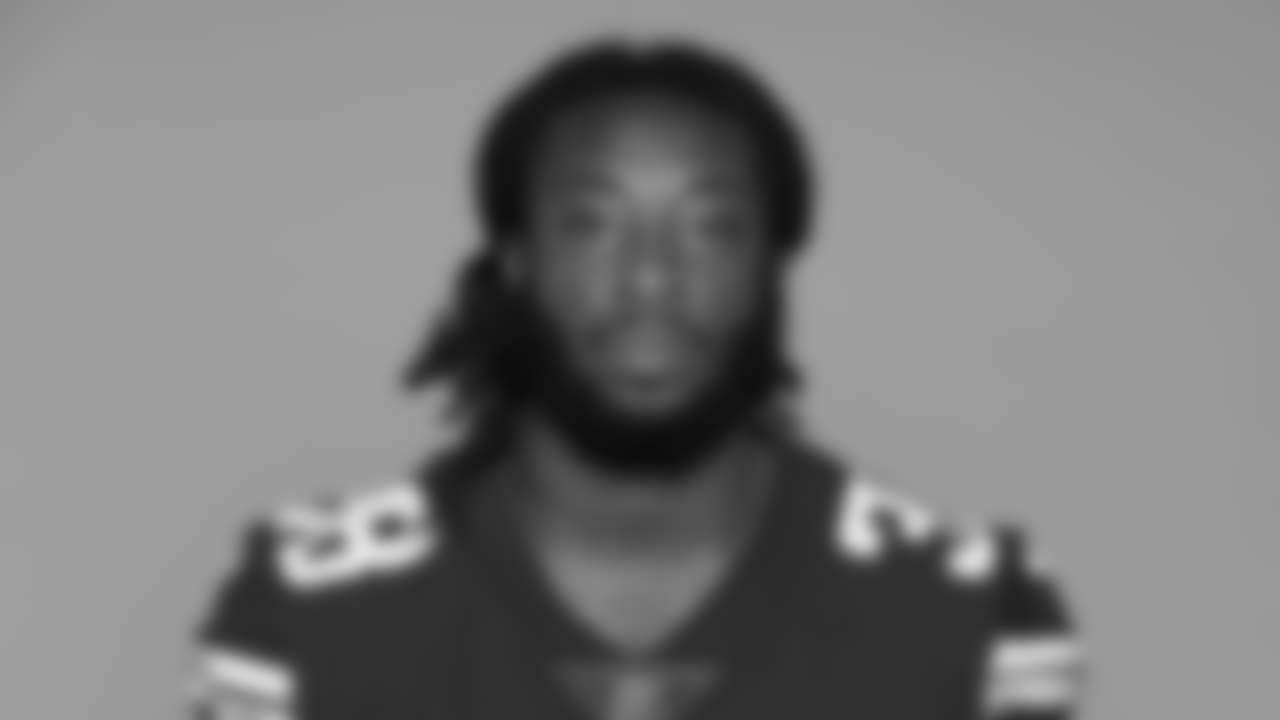


39 CB Dylan Mabin
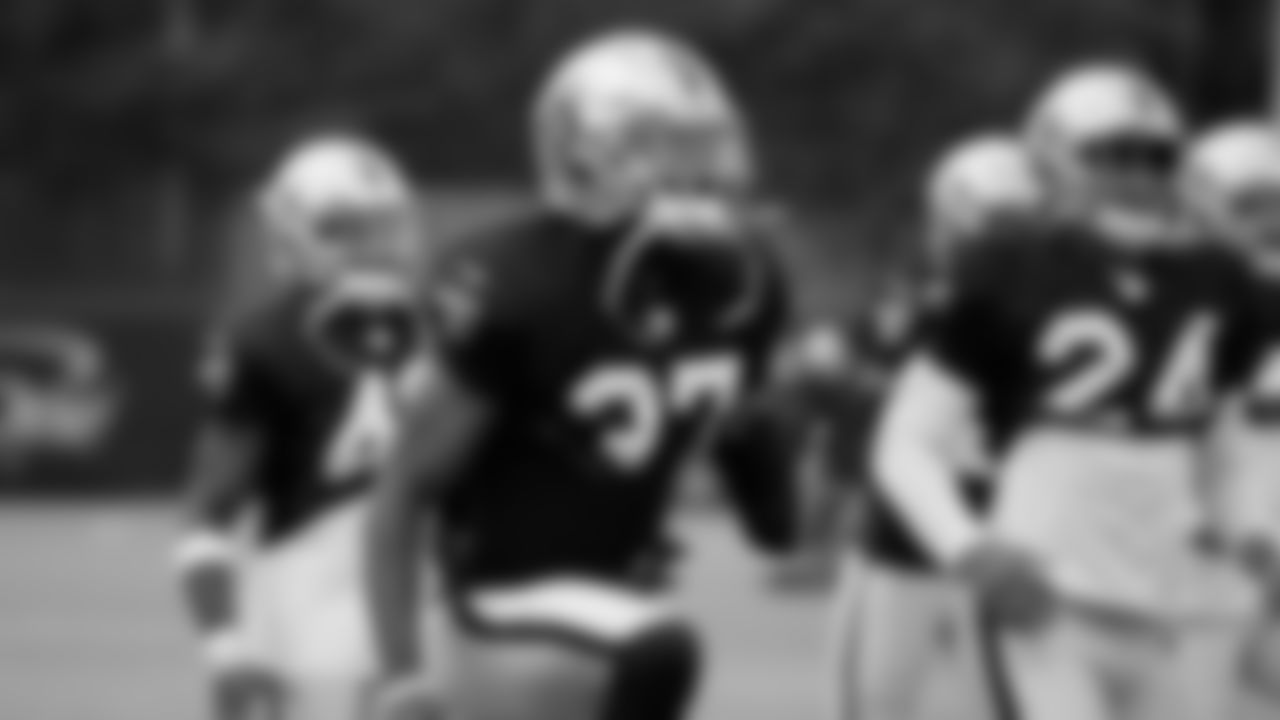
39 CB Dylan Mabin
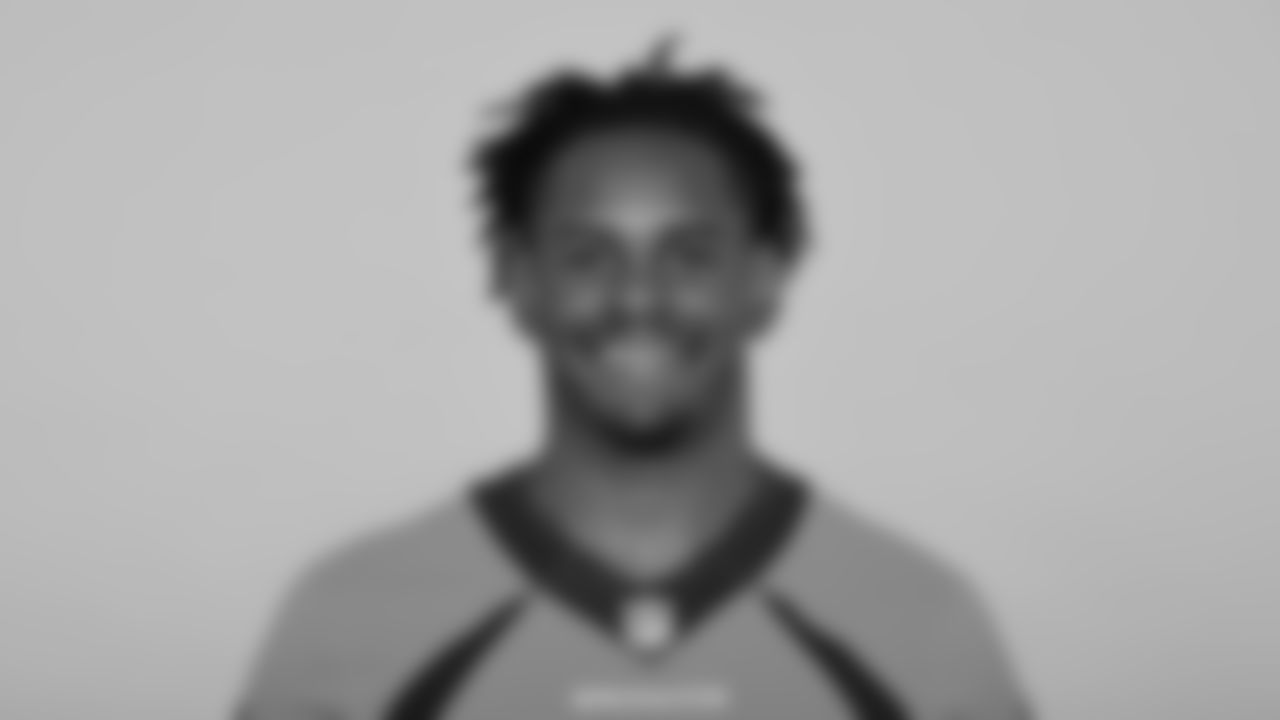
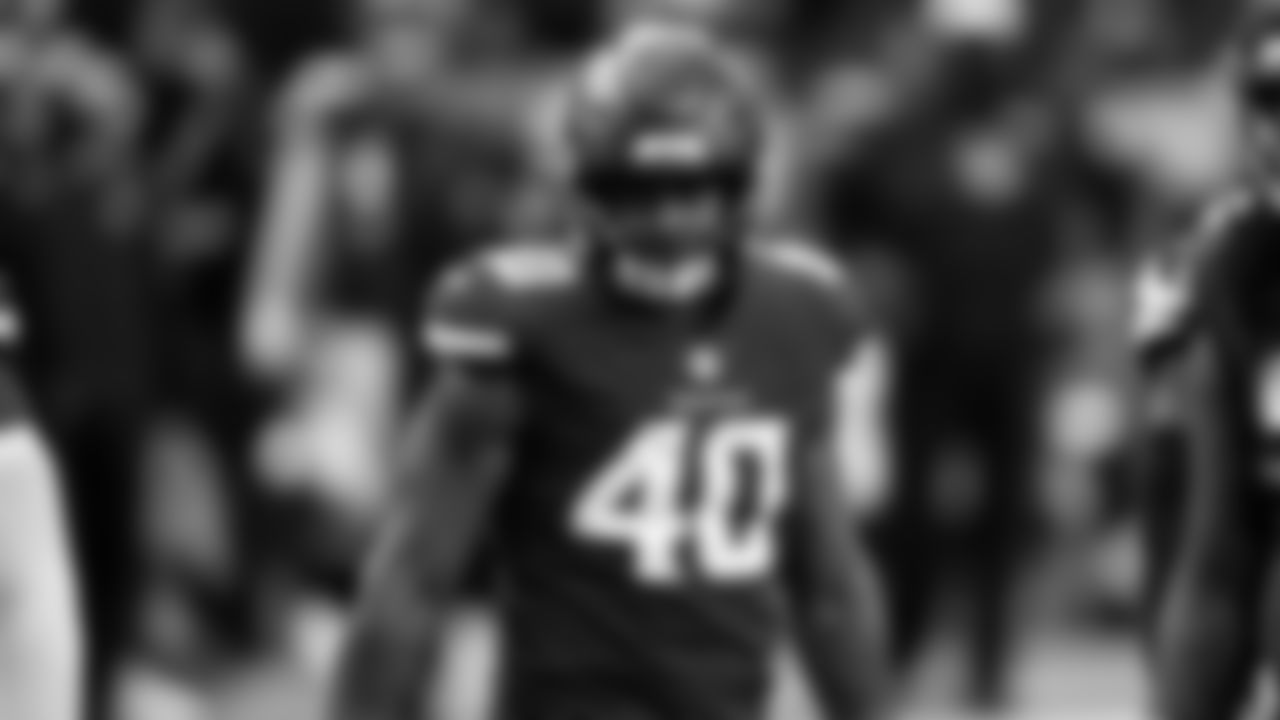
40 LB Todd Davis
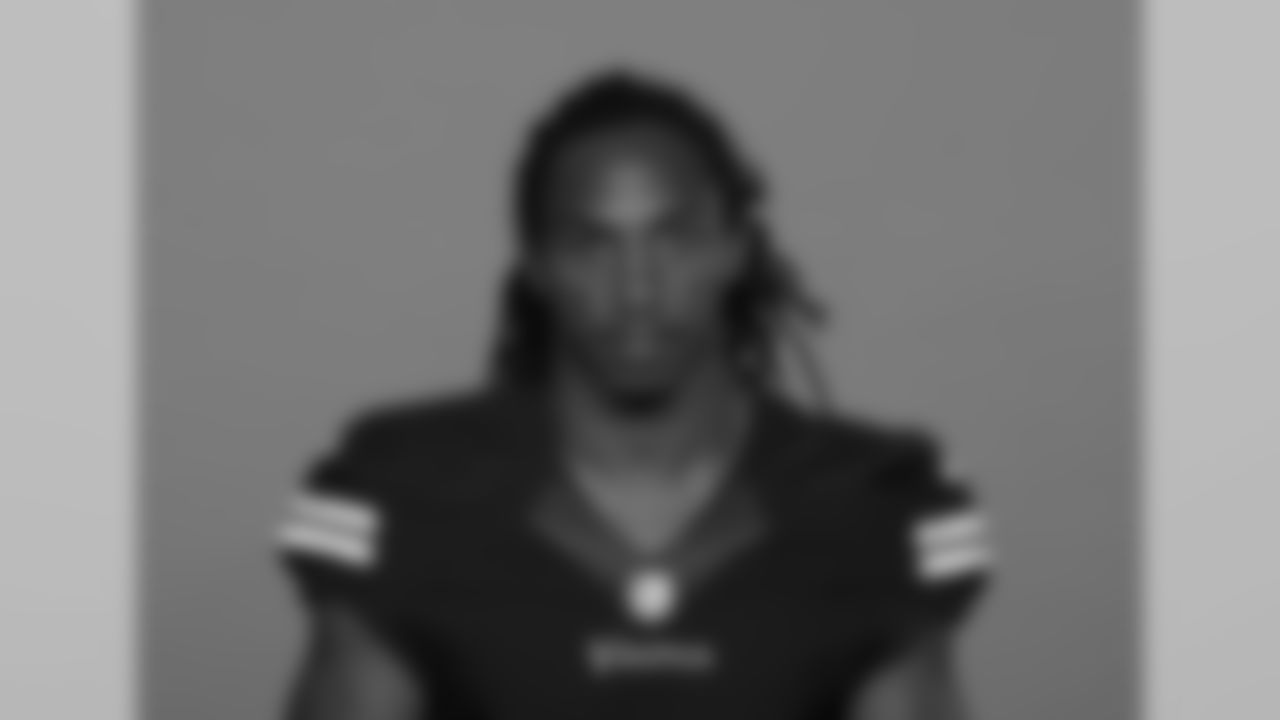


42 LS Andrew DePaola
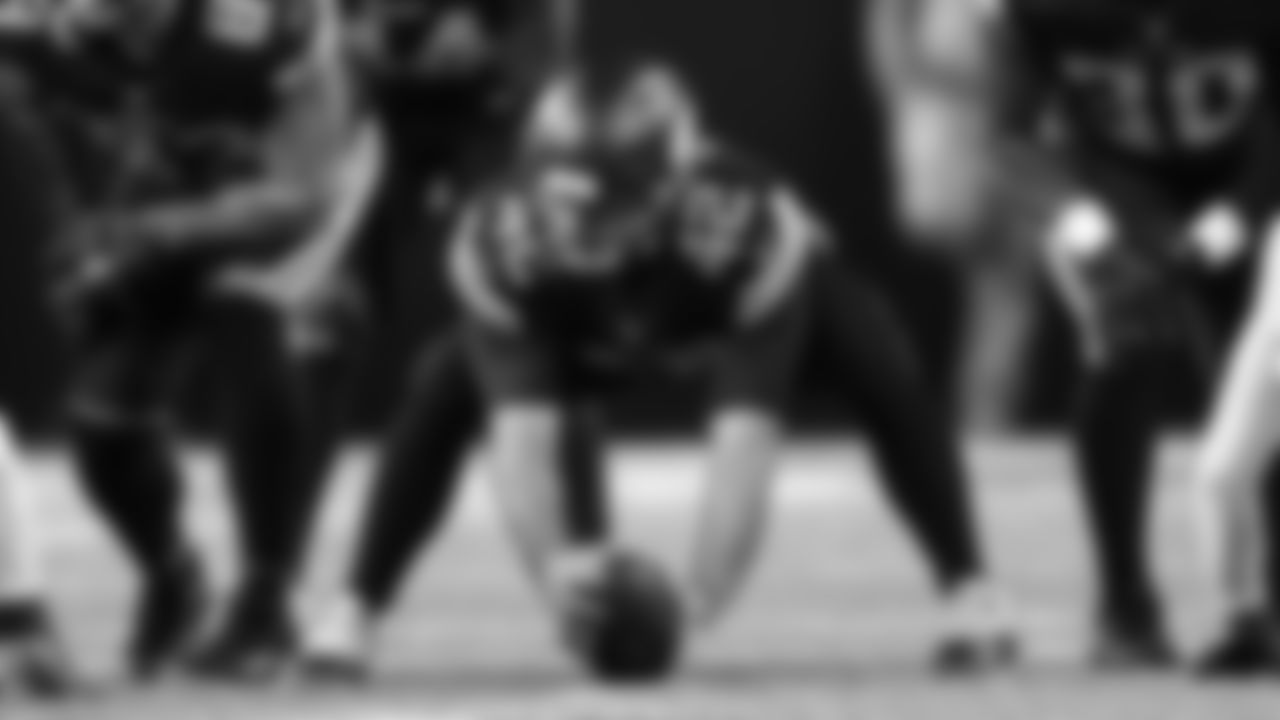
42 LS Andrew DePaola
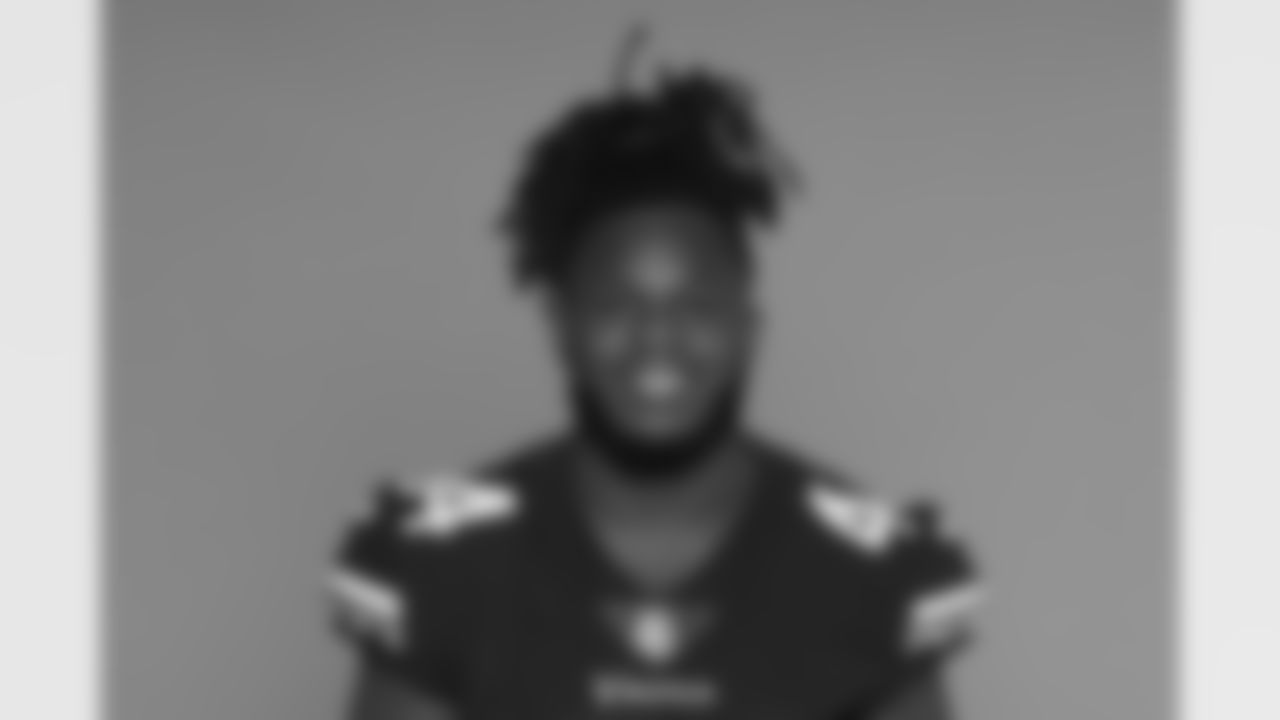
44 S Josh Metellus


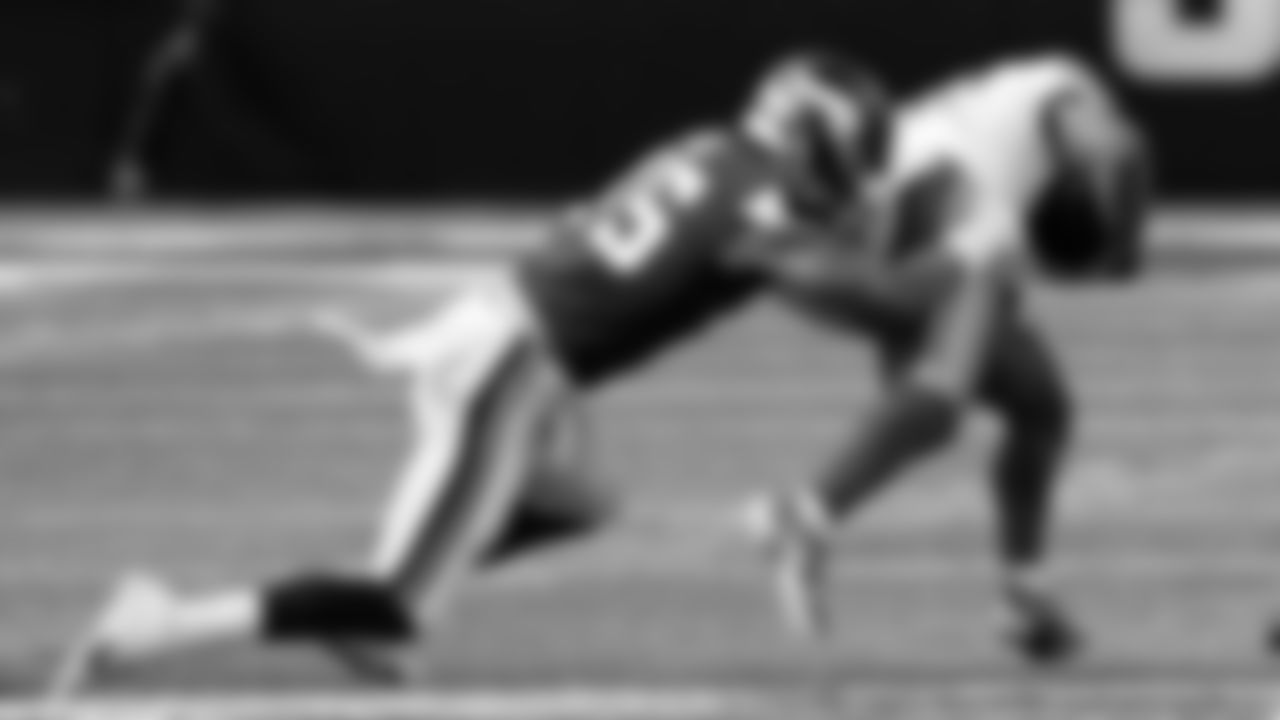
45 LB Troy Dye
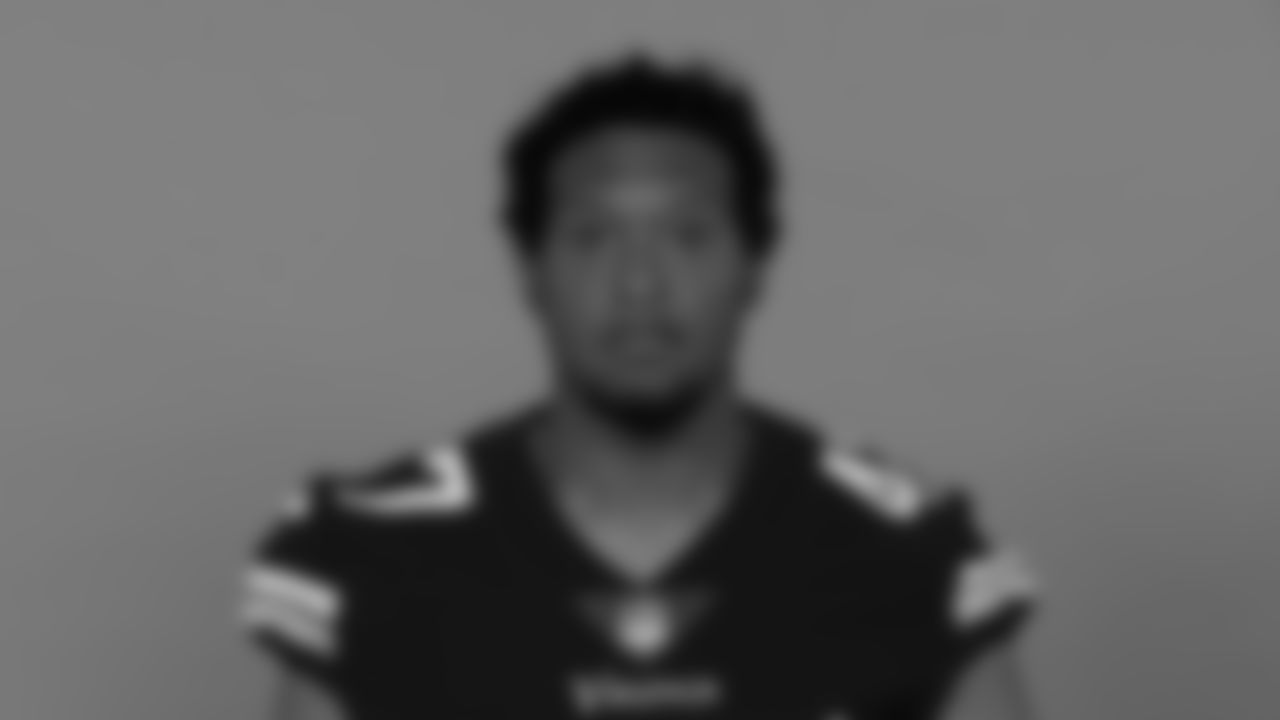
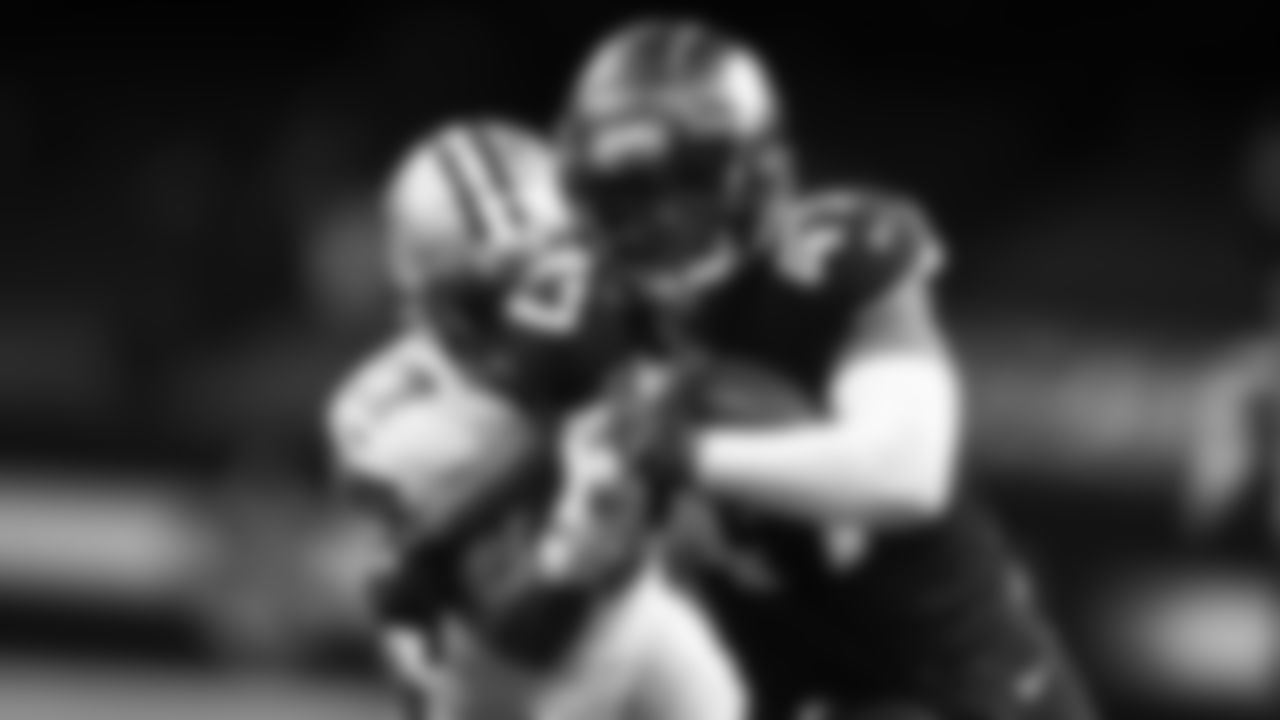
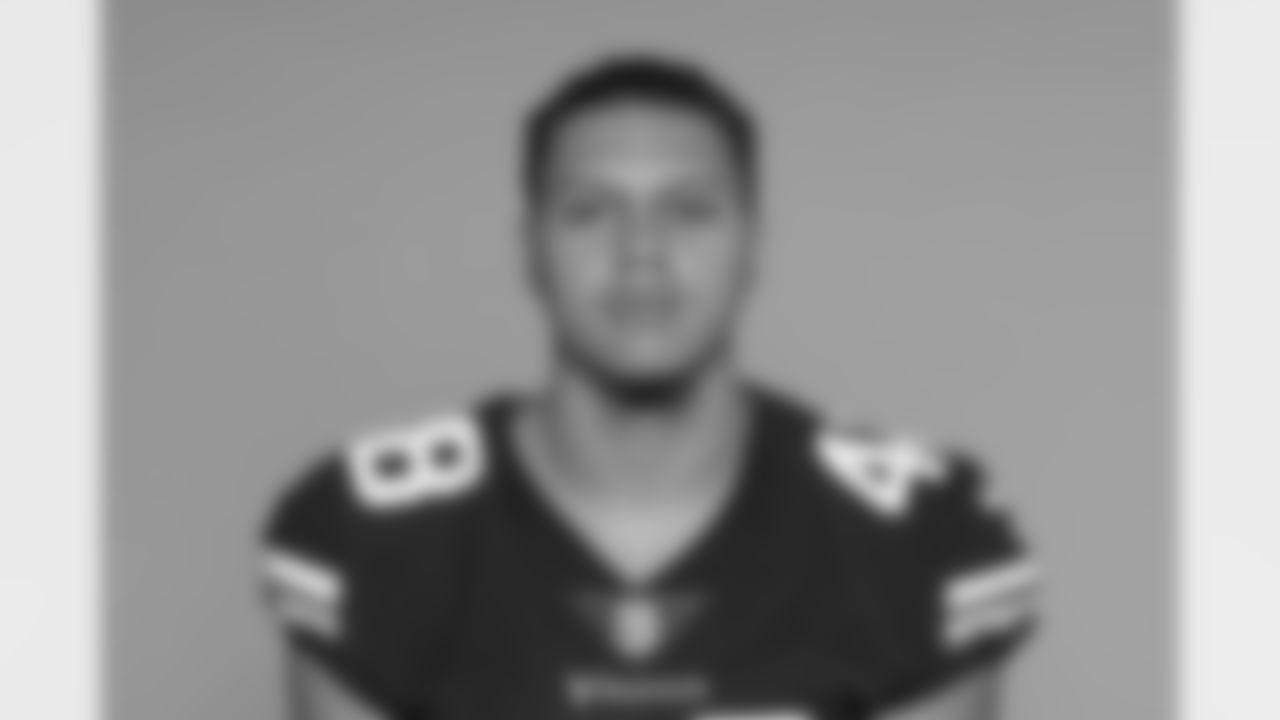
48 LB Blake Lynch

48 LB Blake Lynch


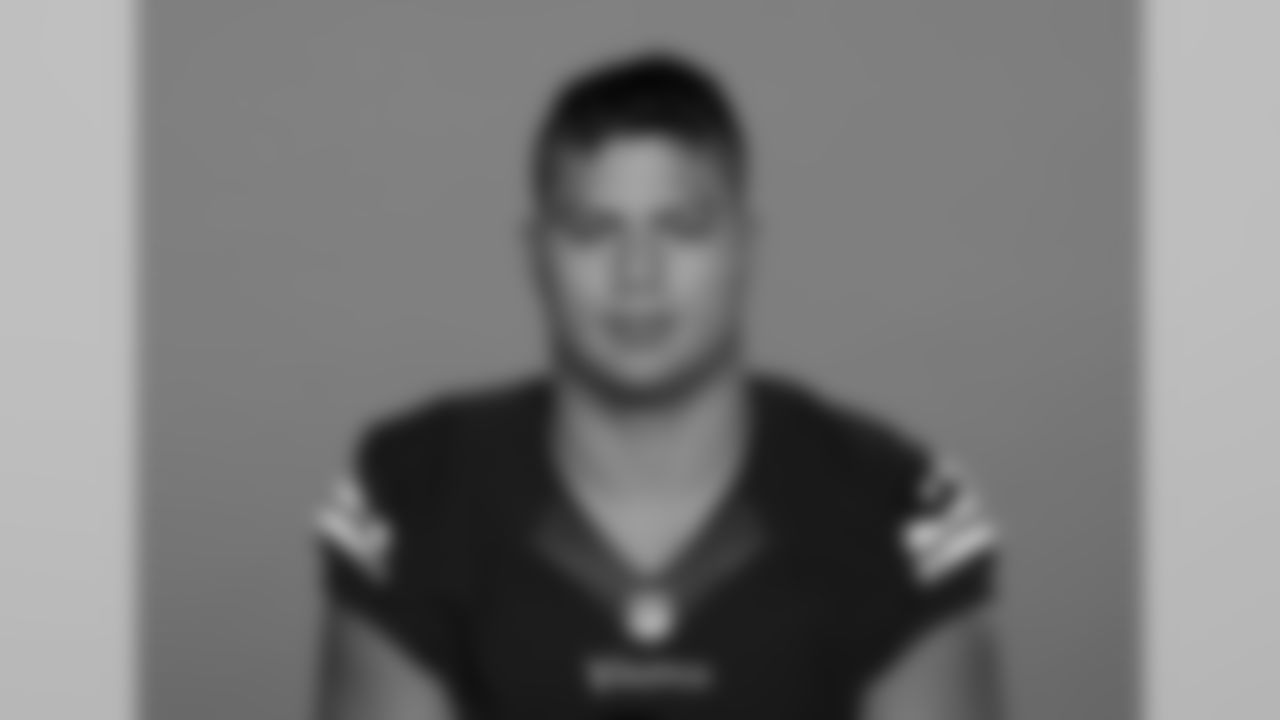
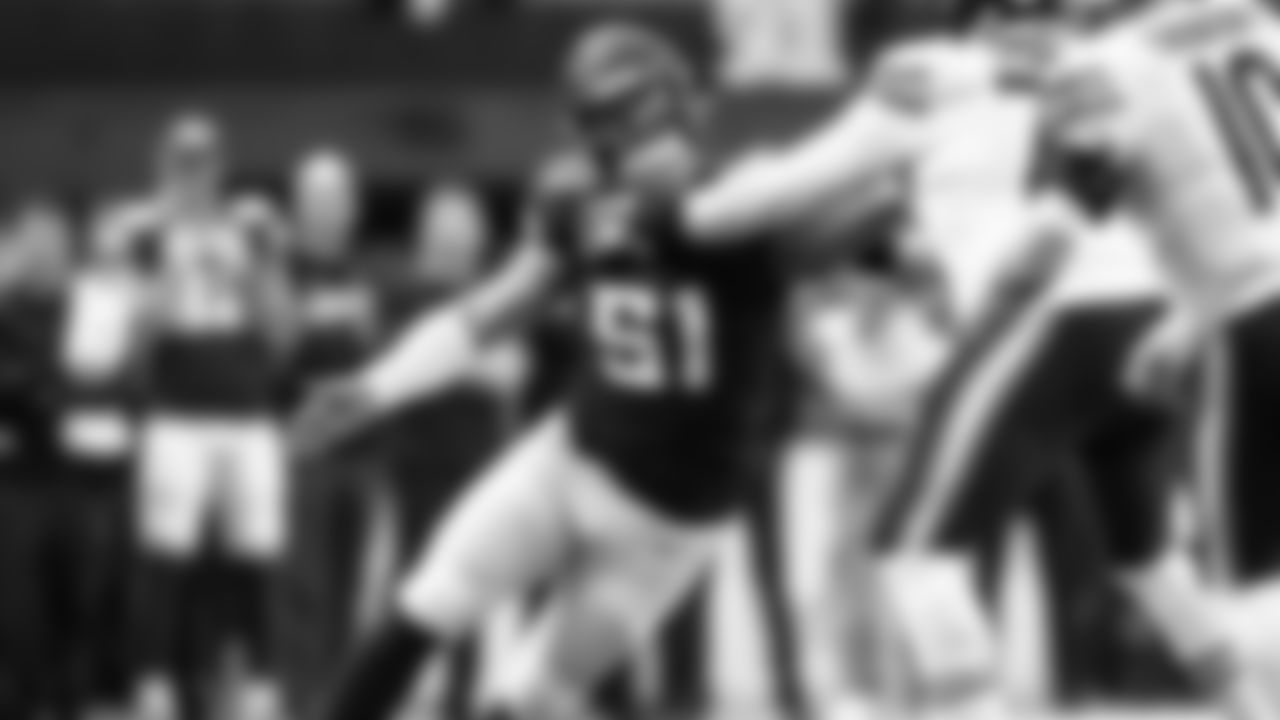



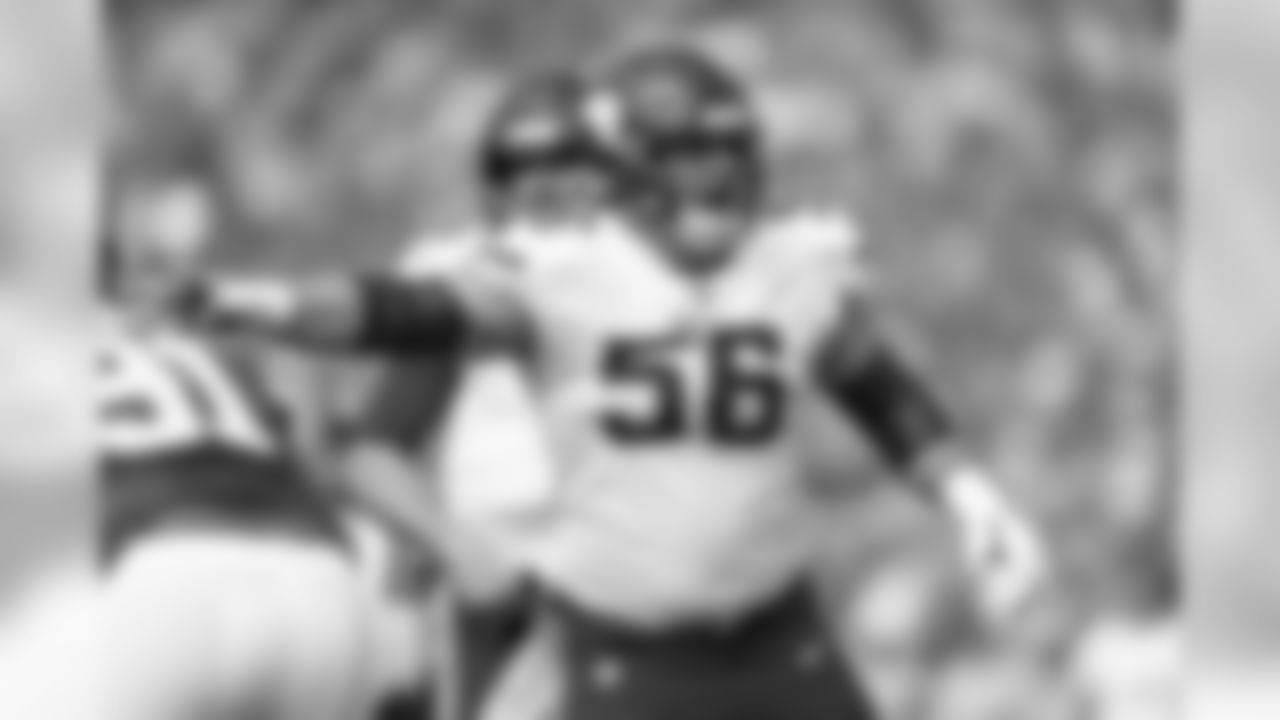

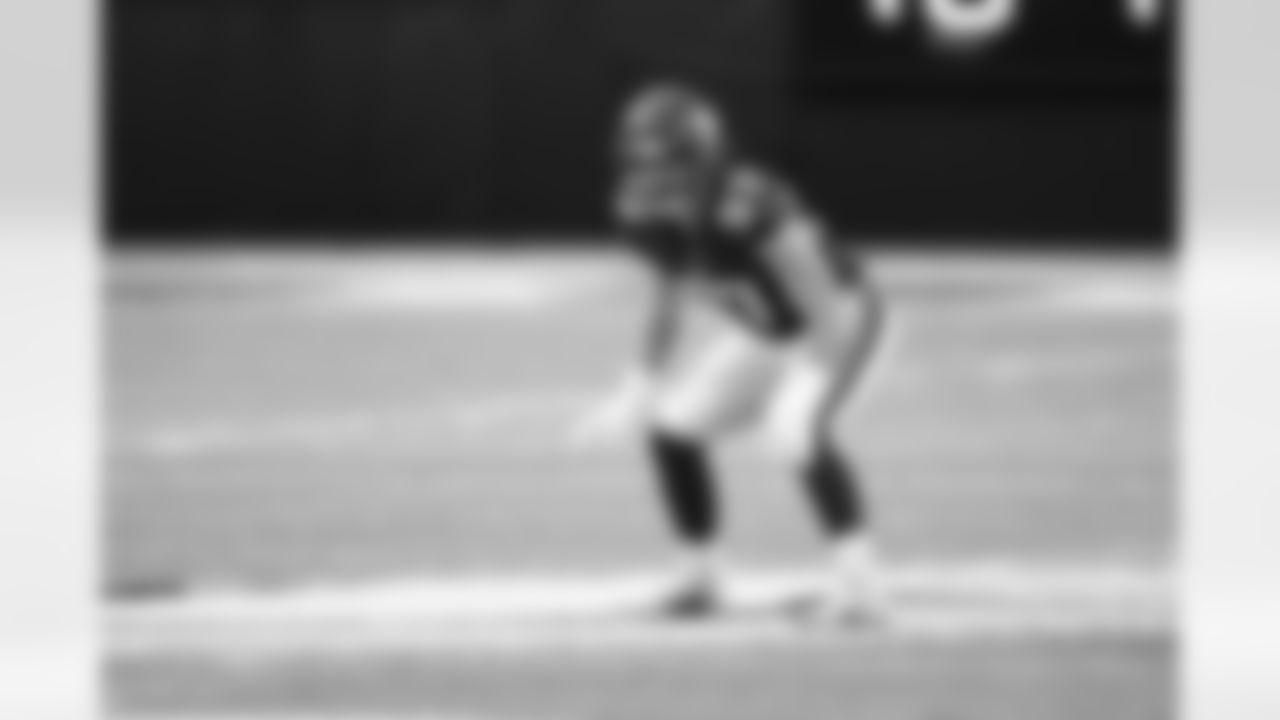
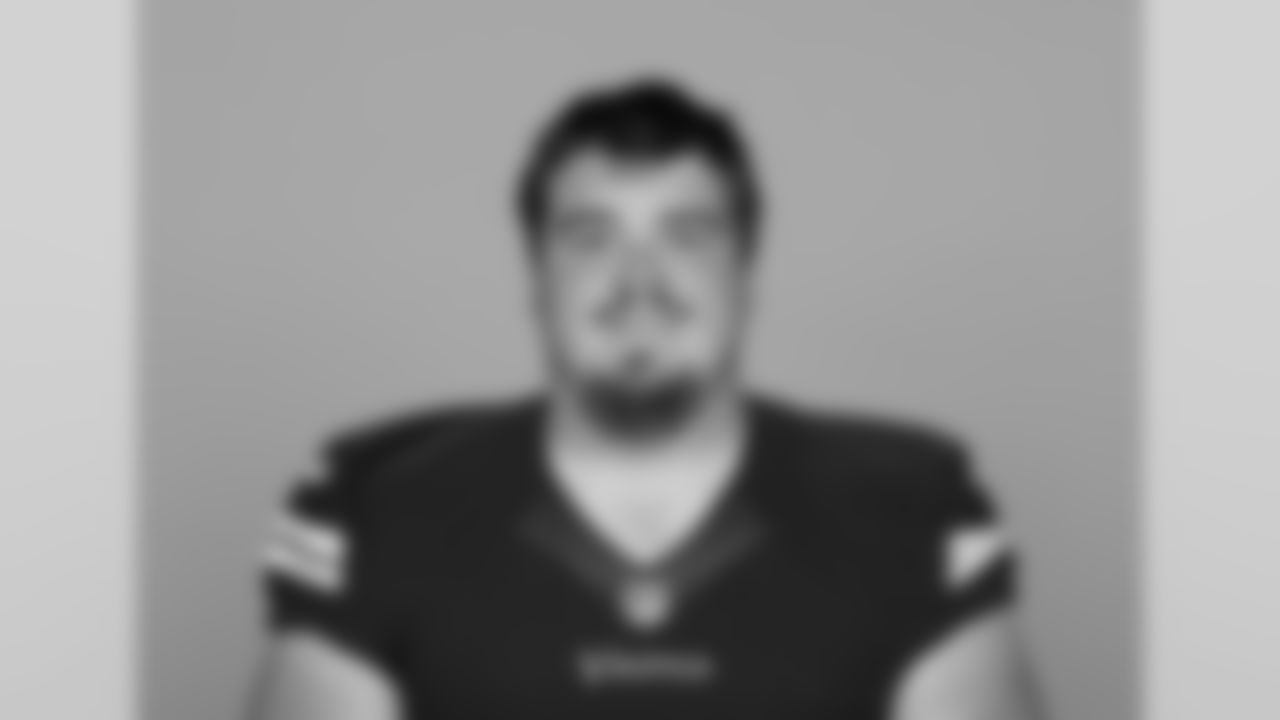

61 C Brett Jones

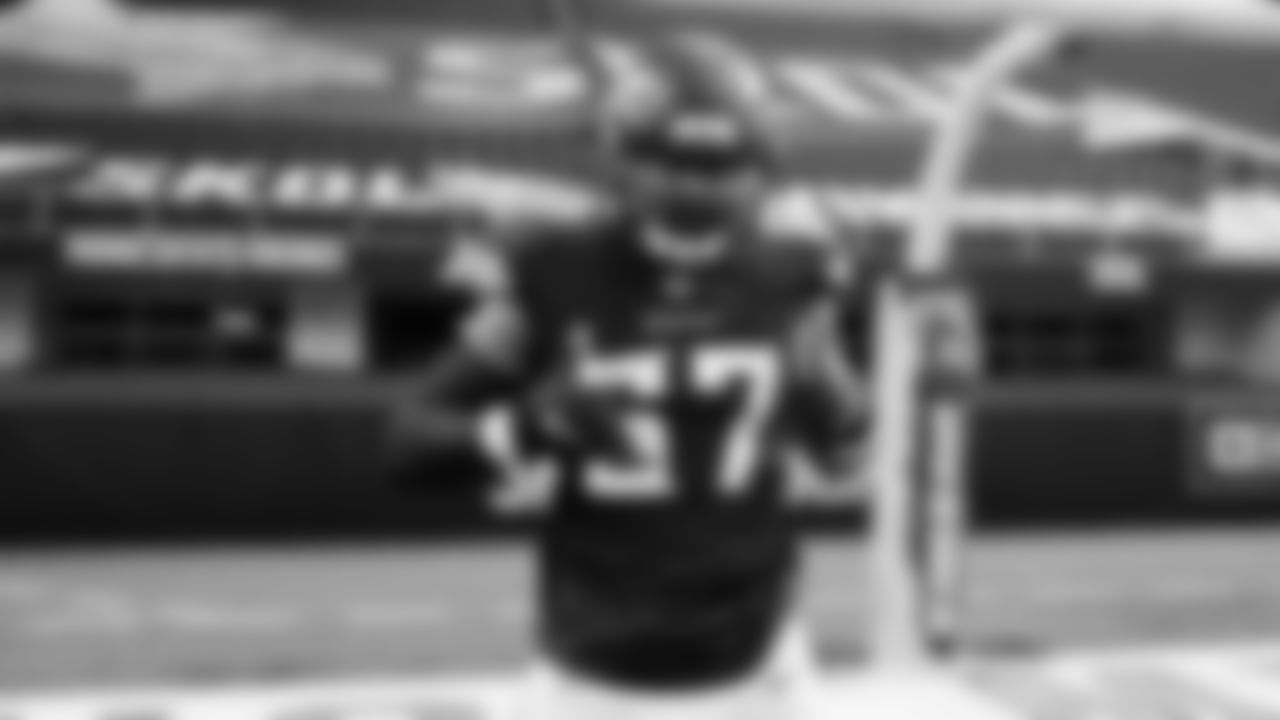
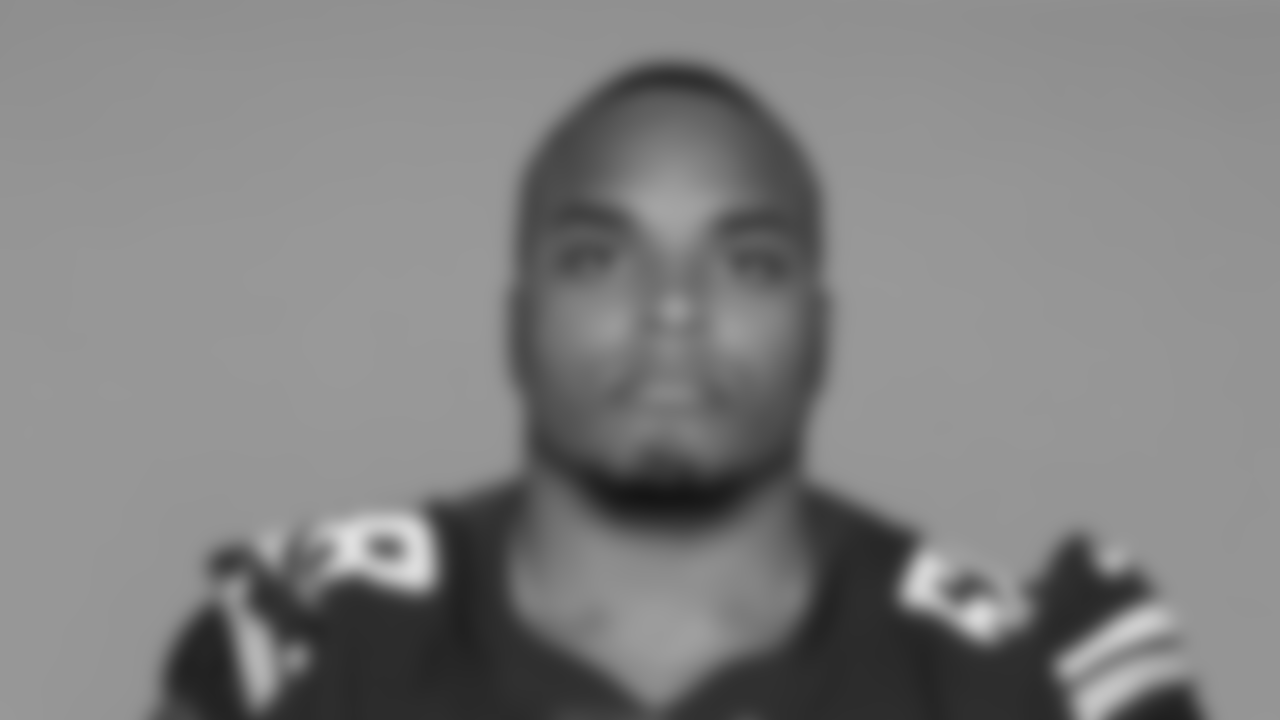
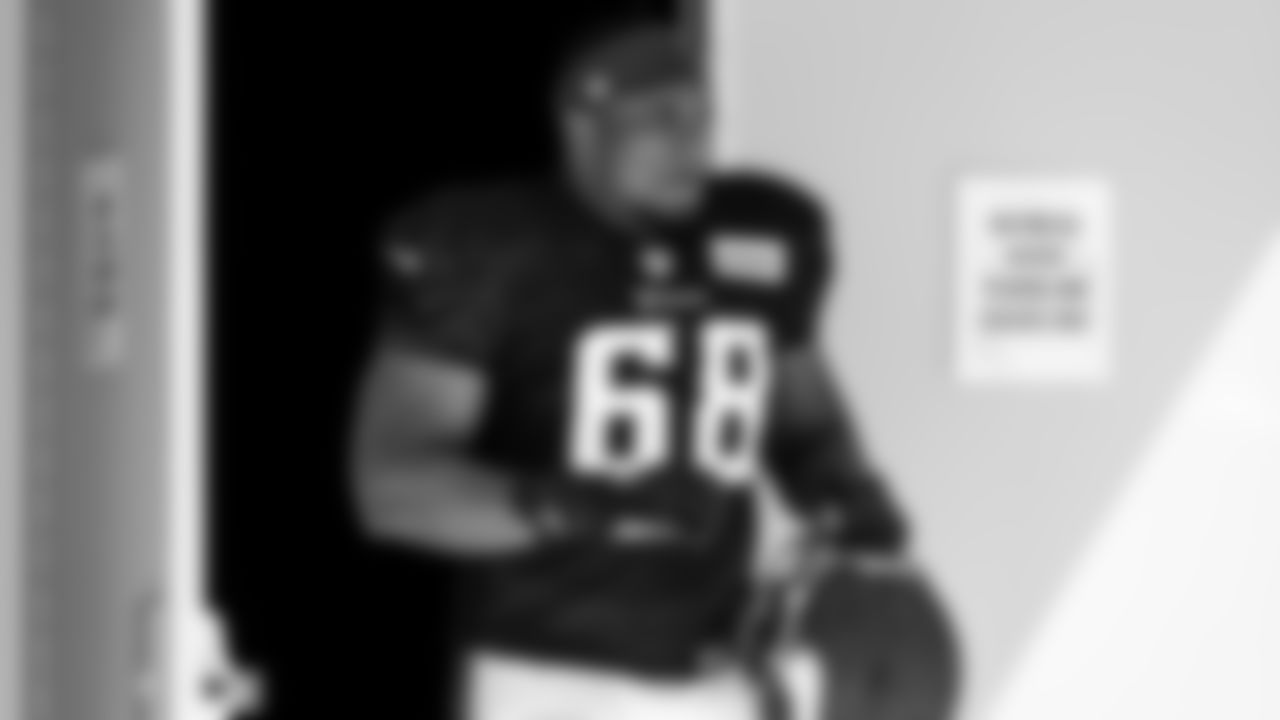
68 G Kyle Hinton
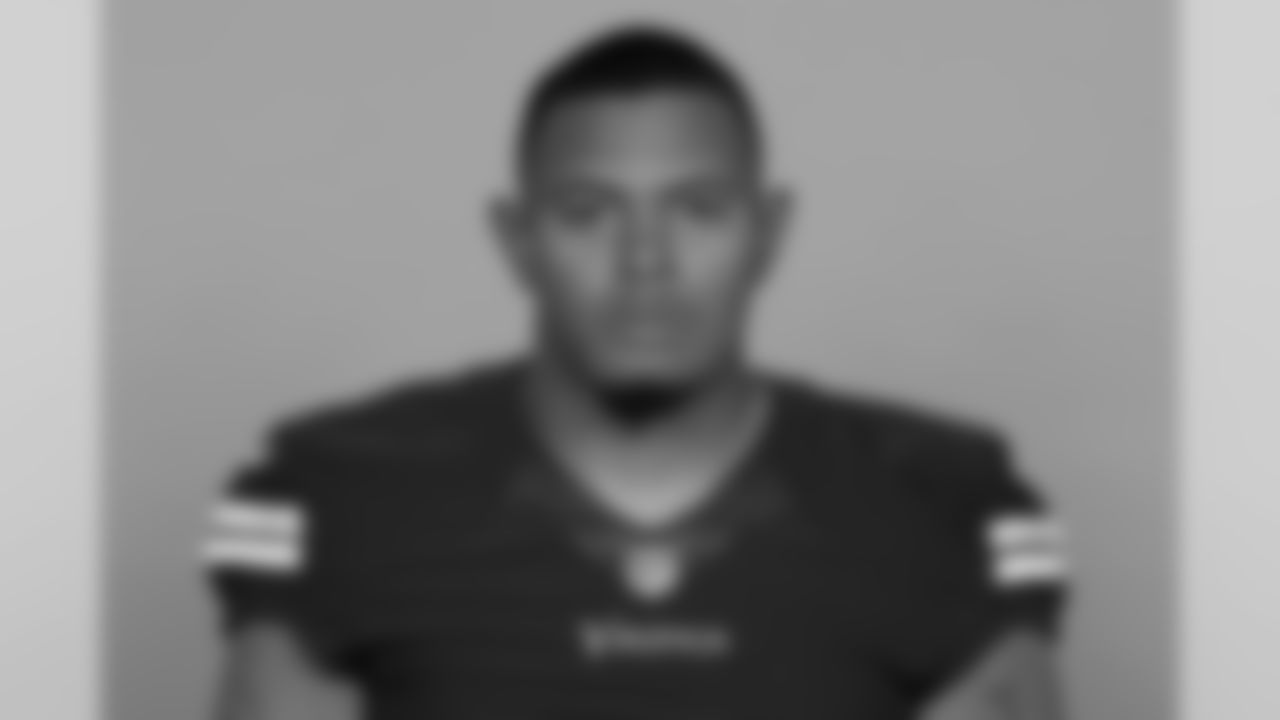
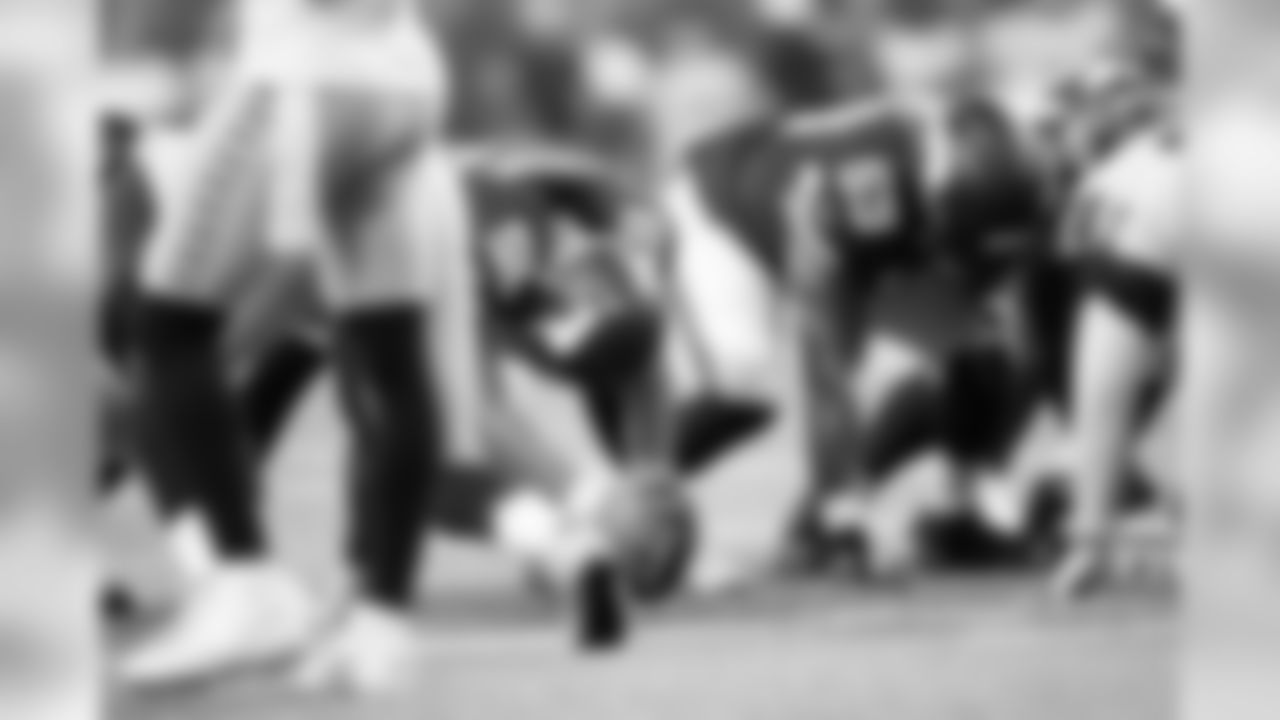


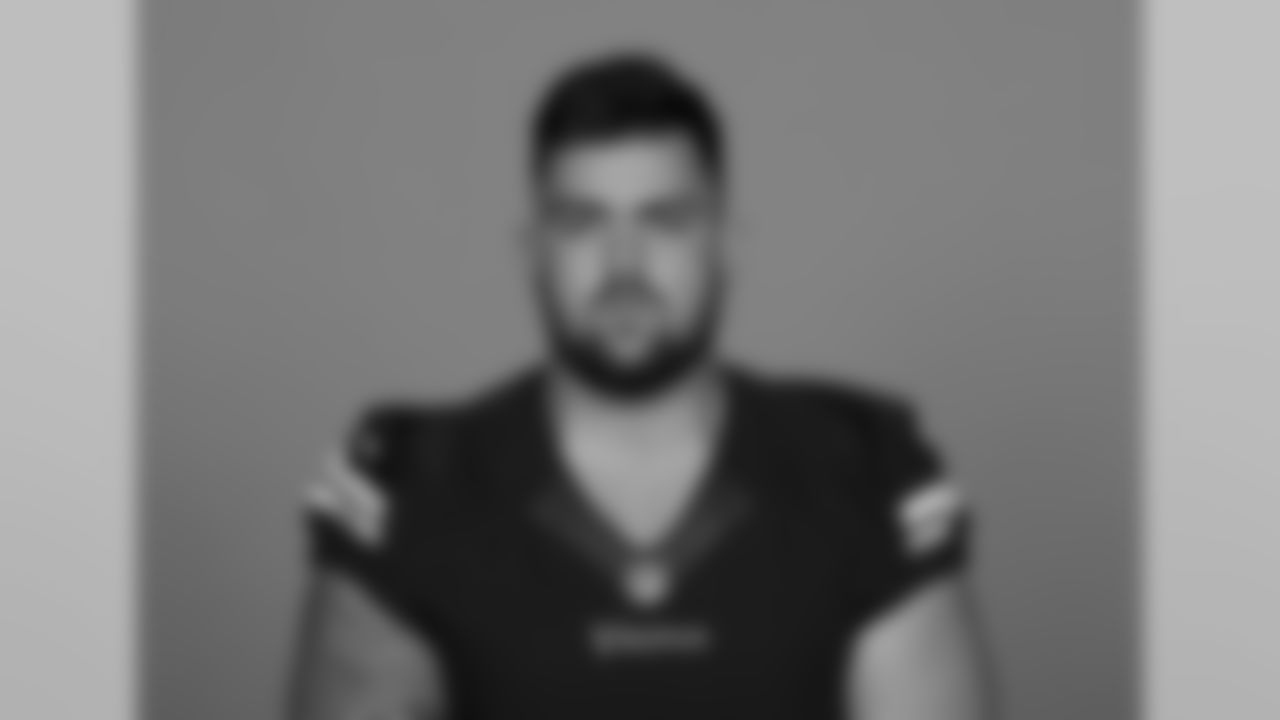
73 G Dru Samia
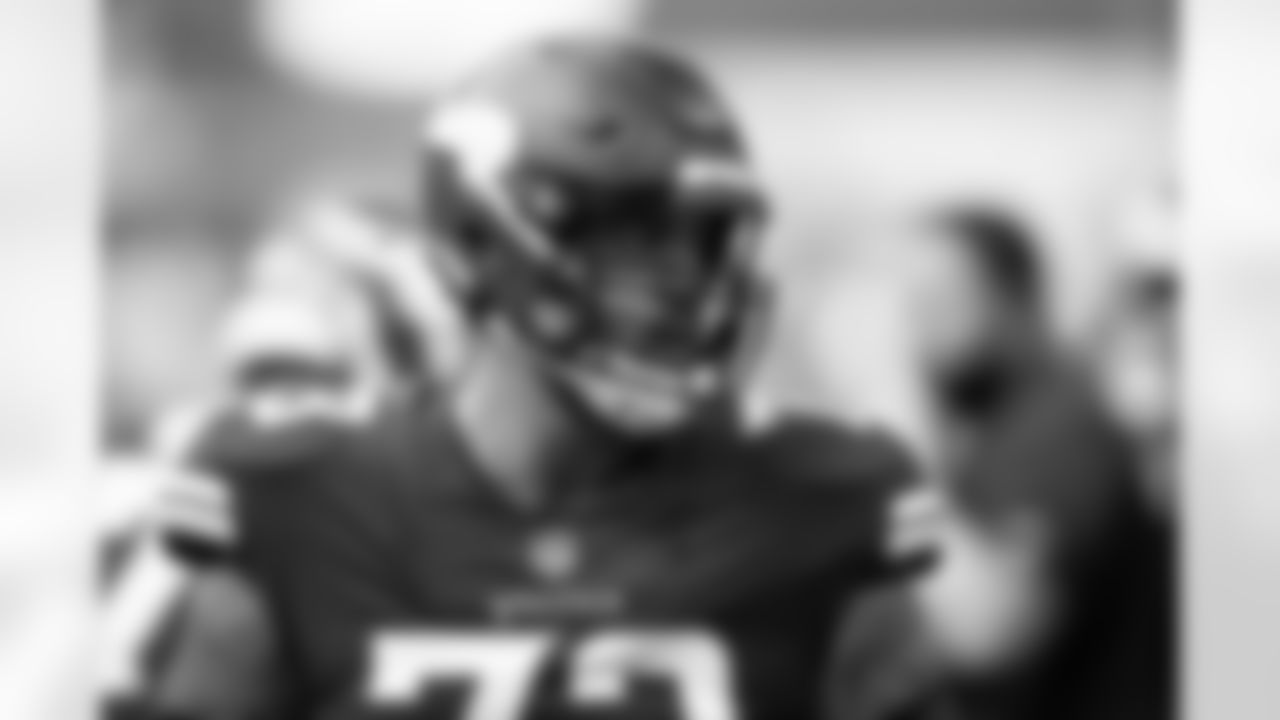
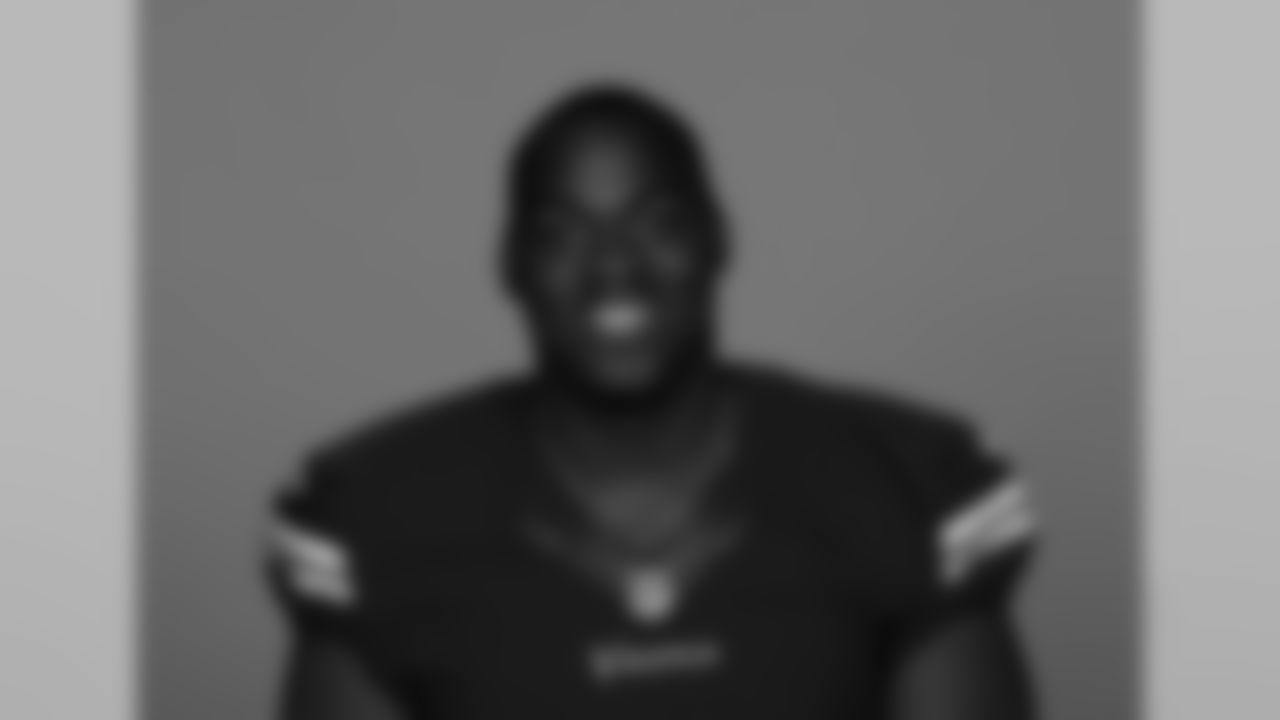

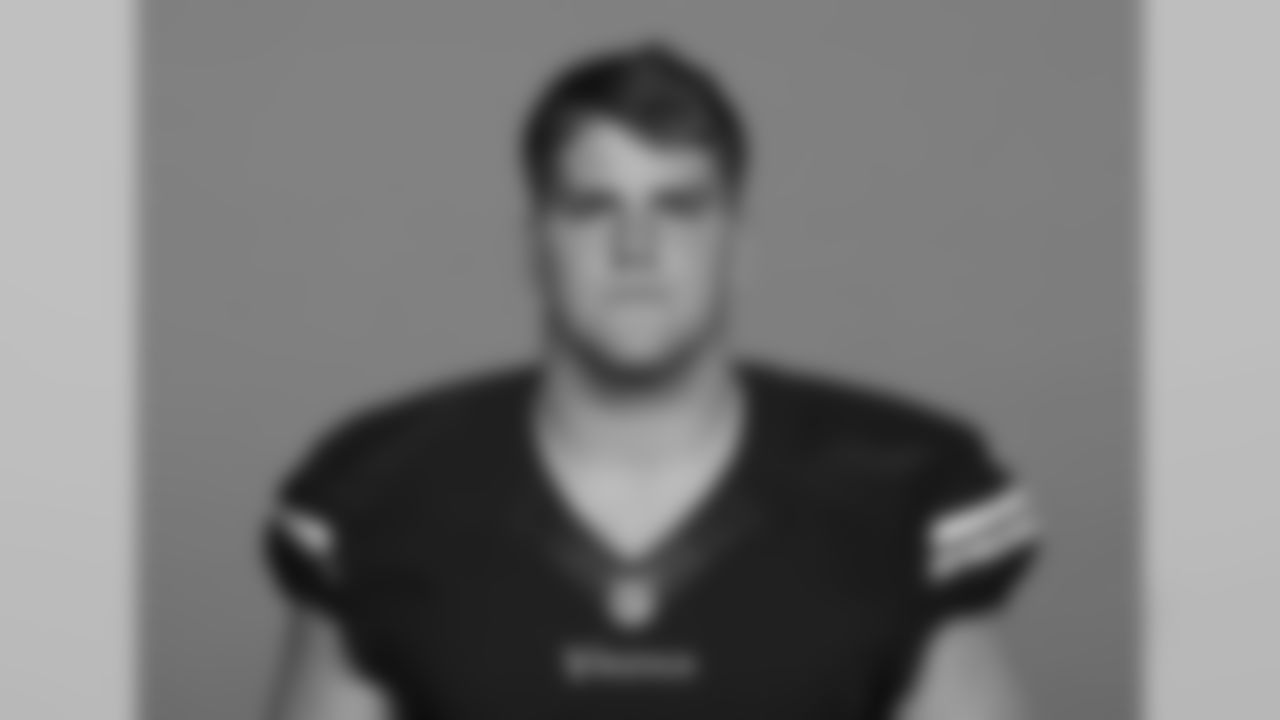
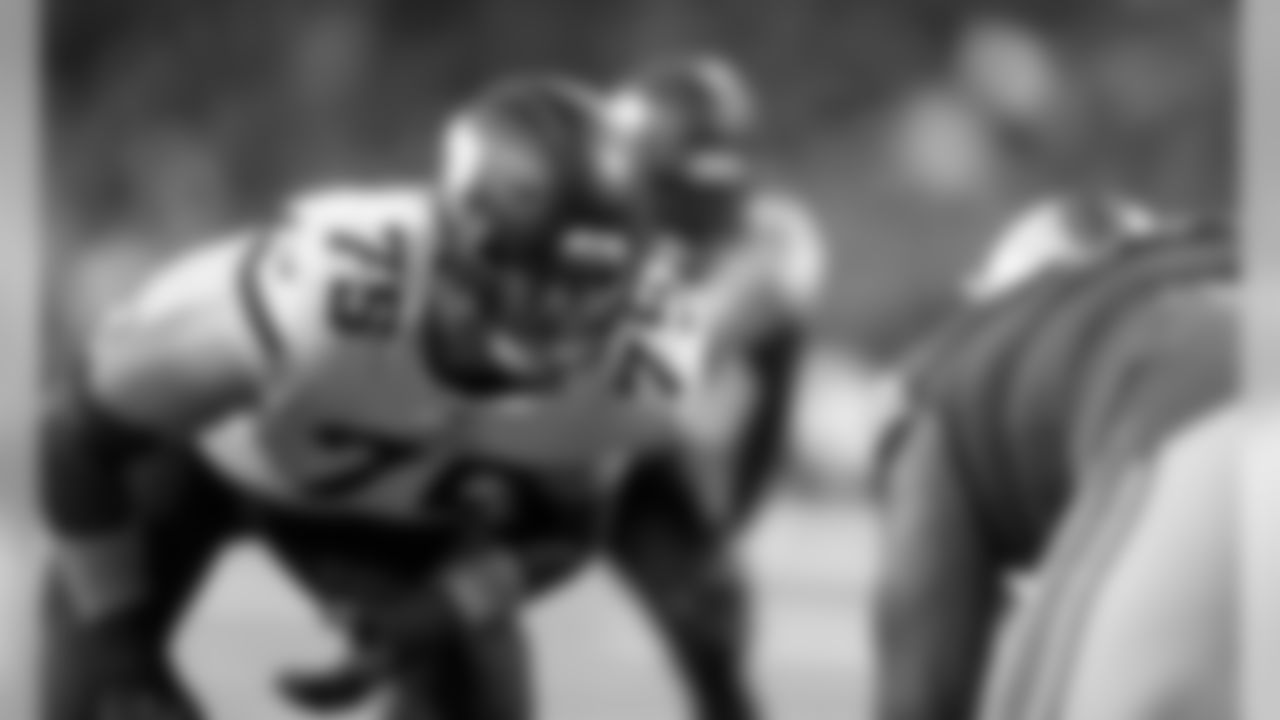
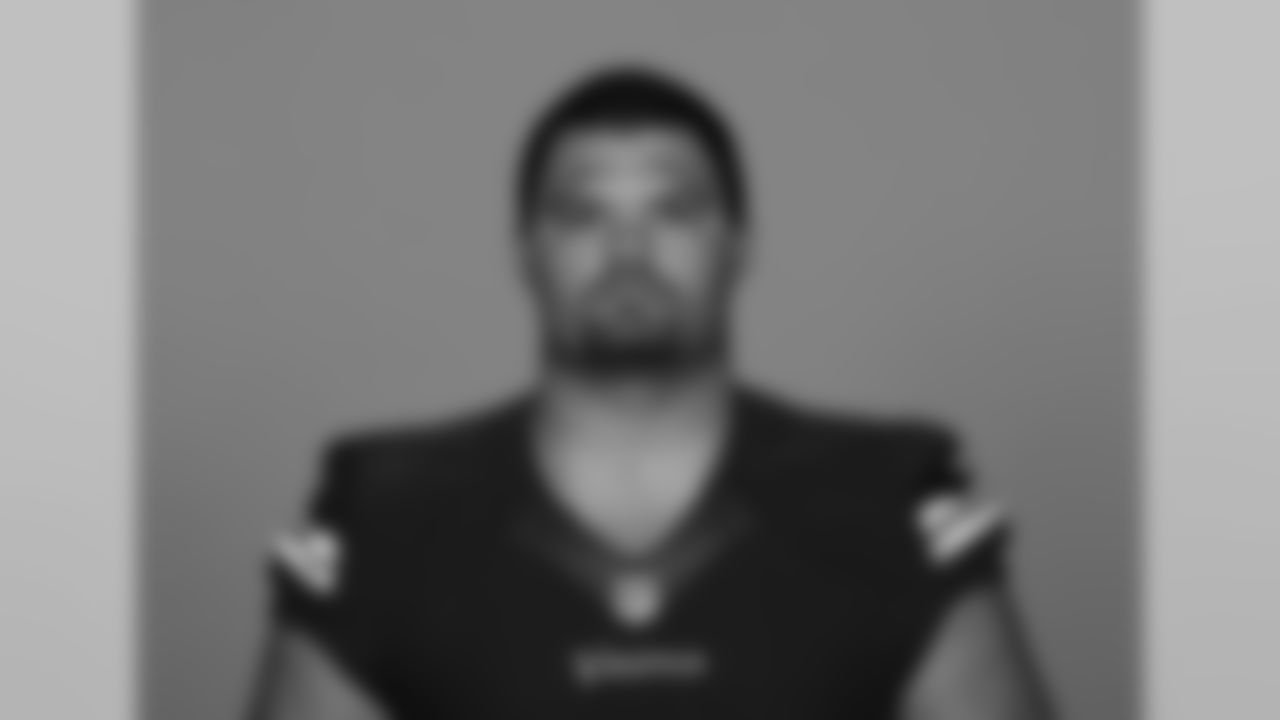
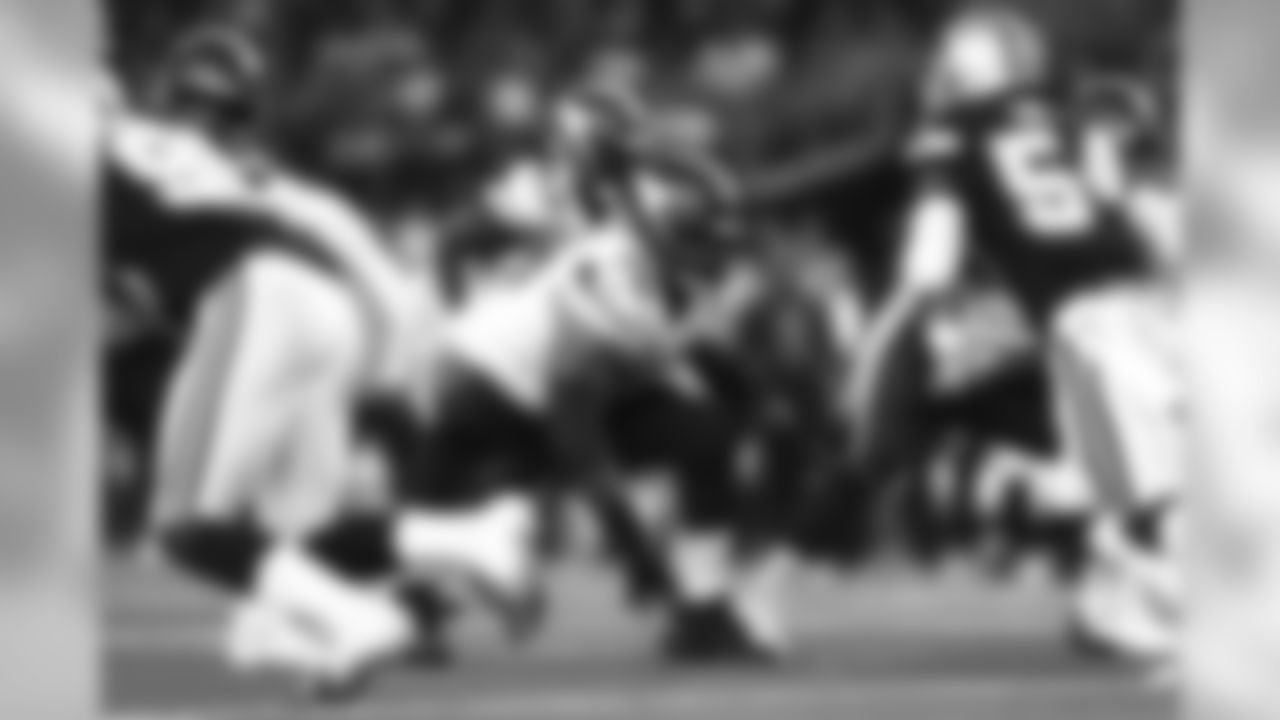

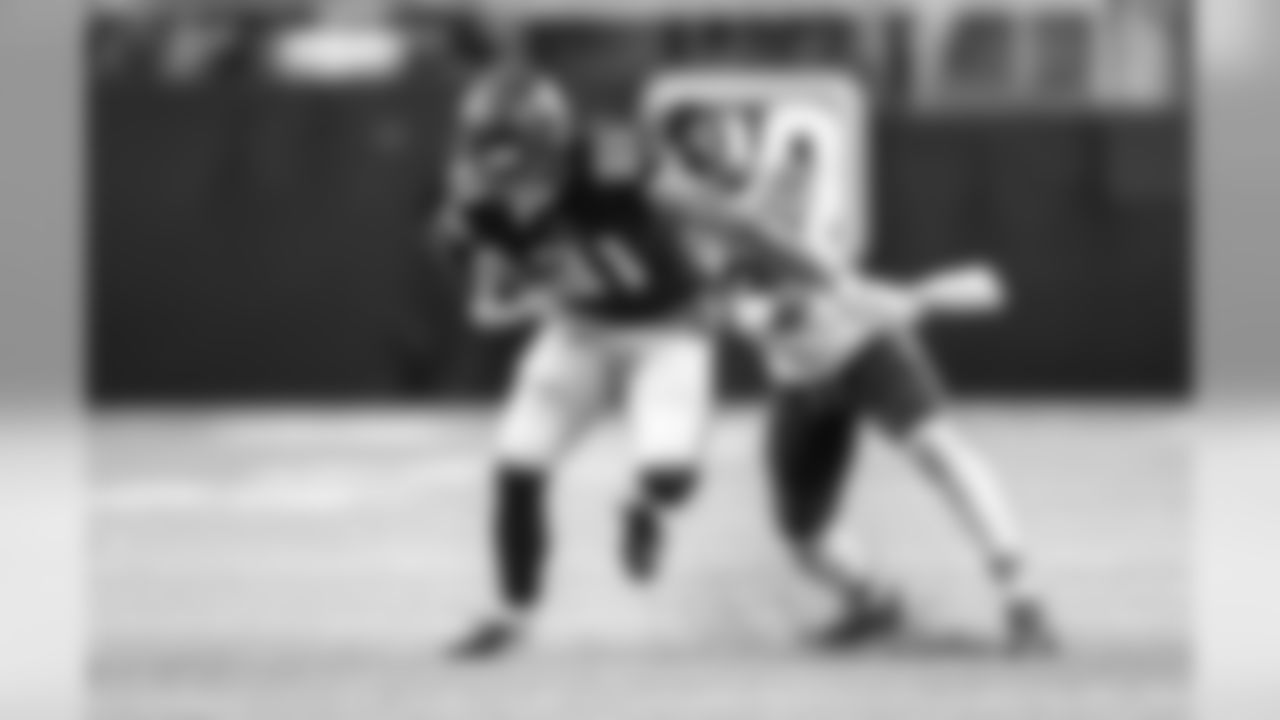
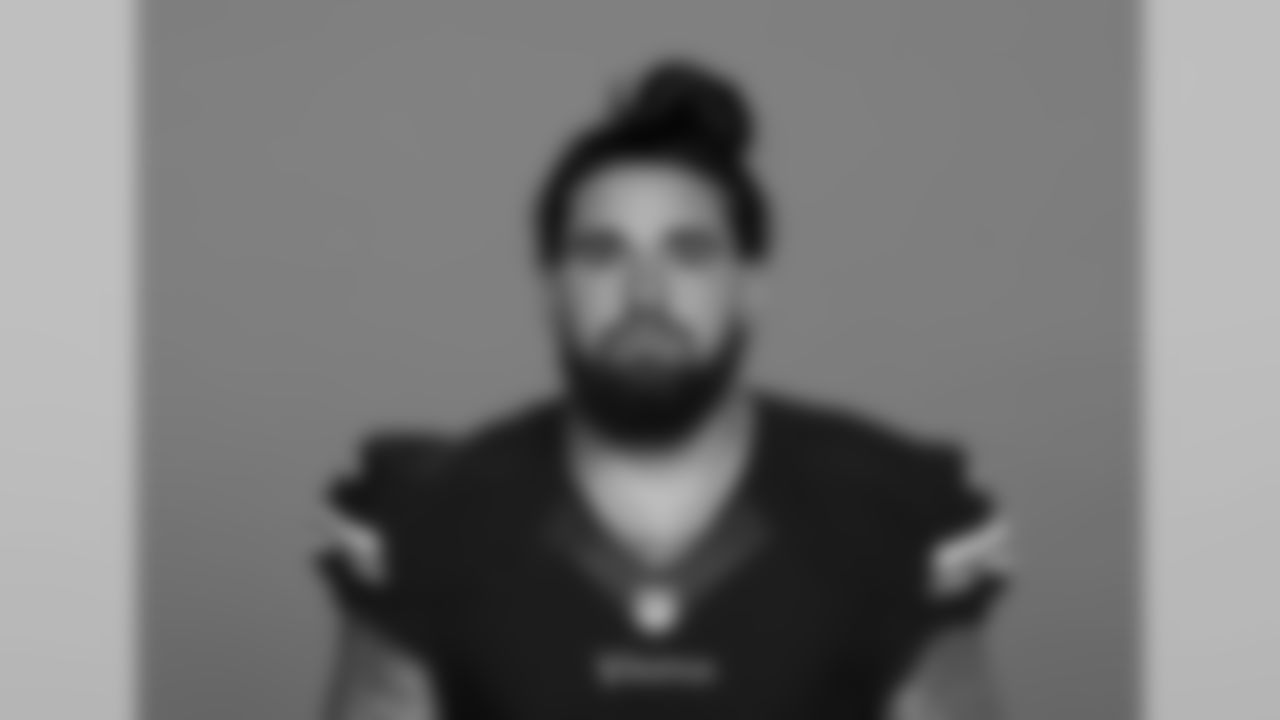

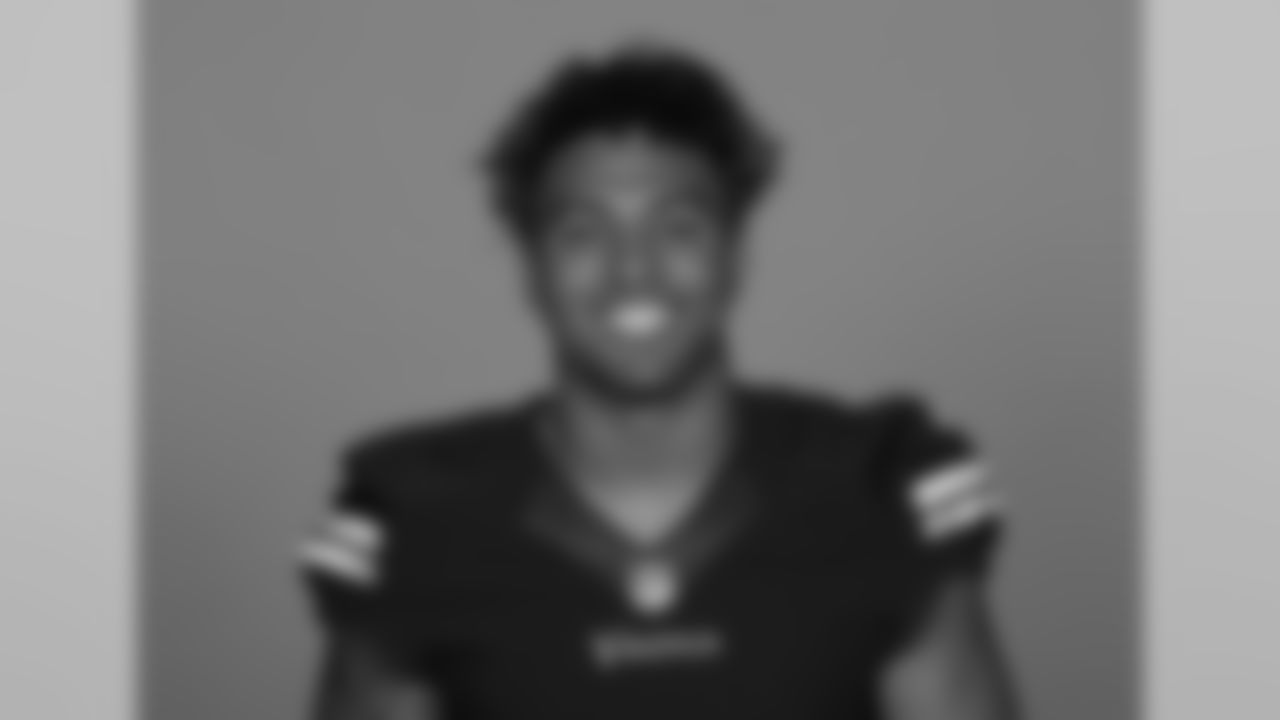
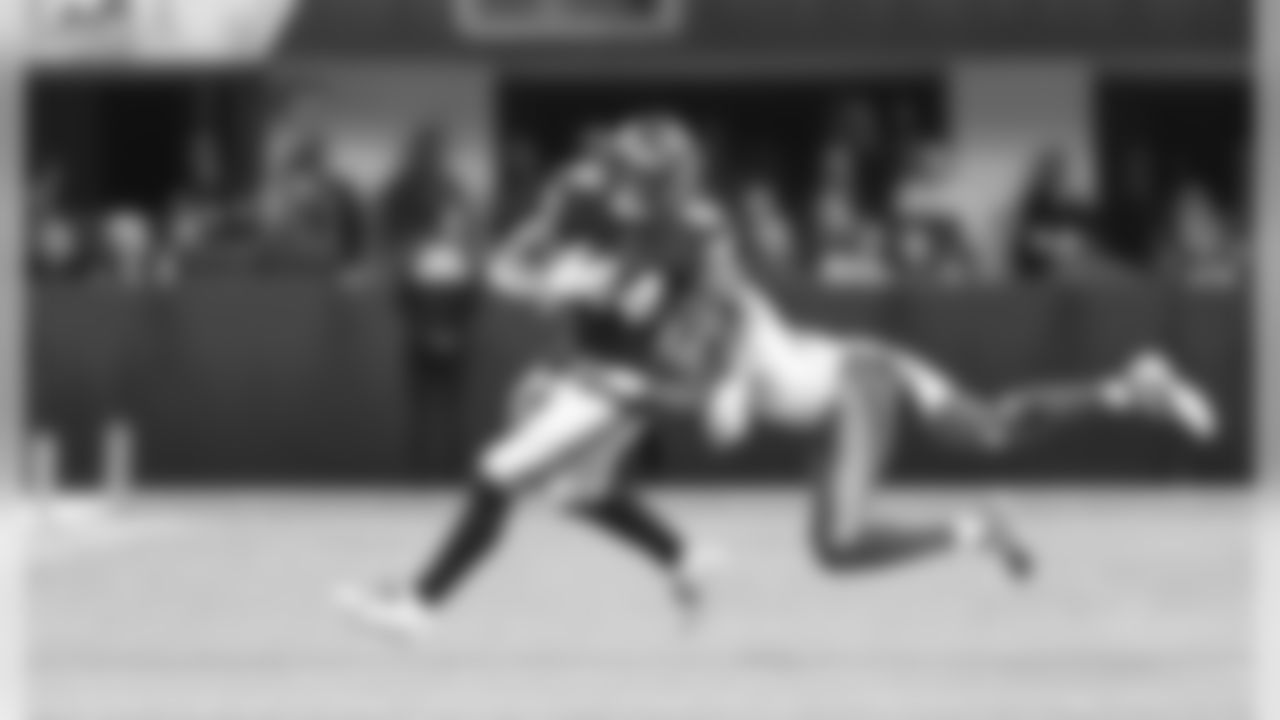

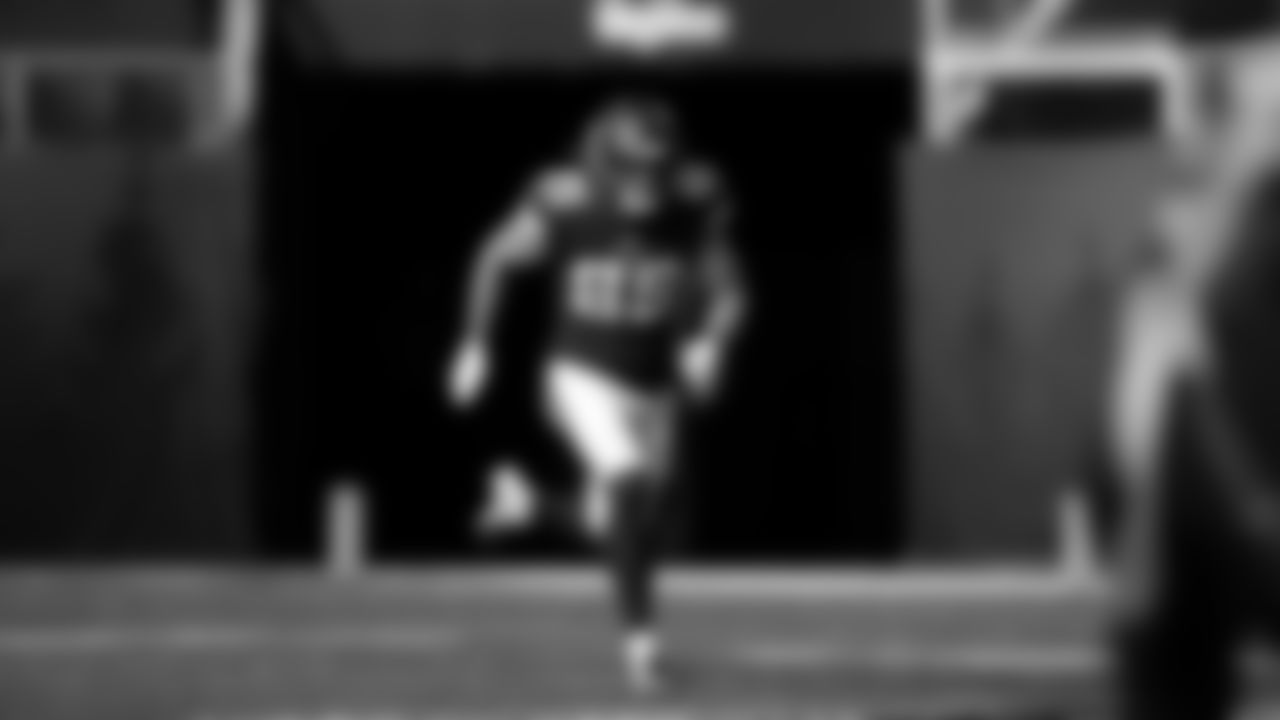
85 WR Dan Chisena

87 TE Hale Hentges
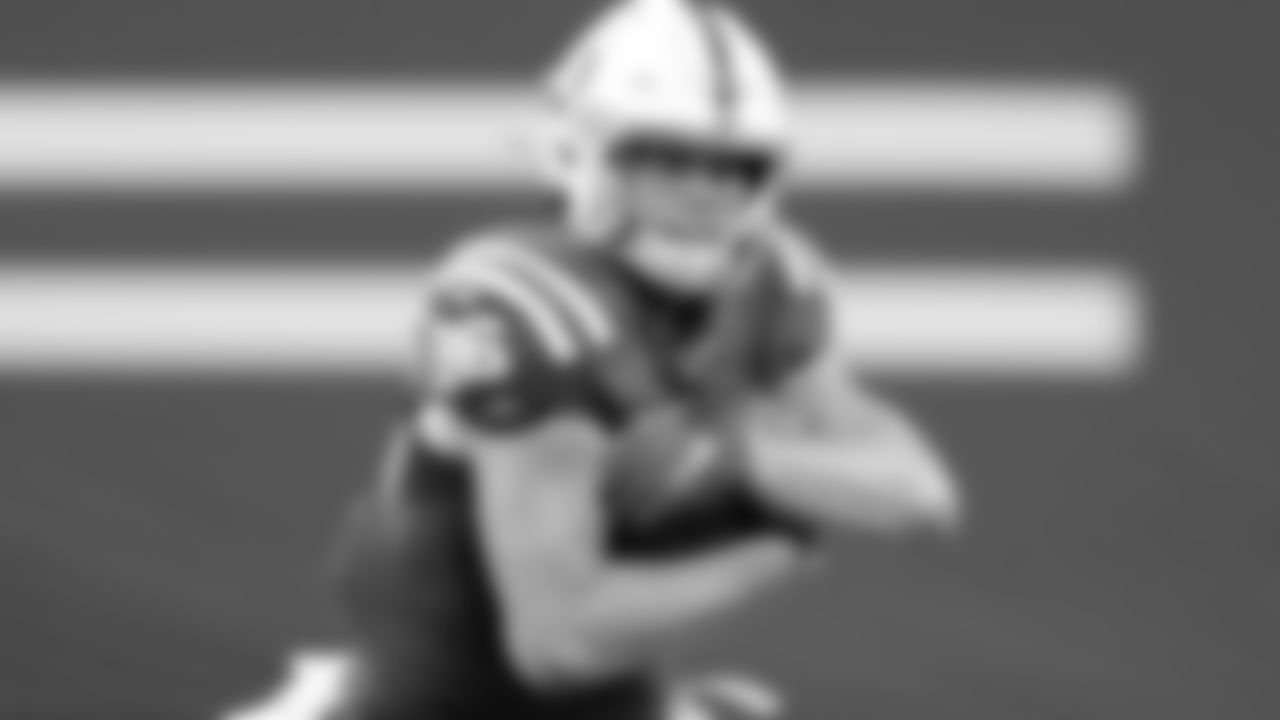
87 TE Hale Hentges
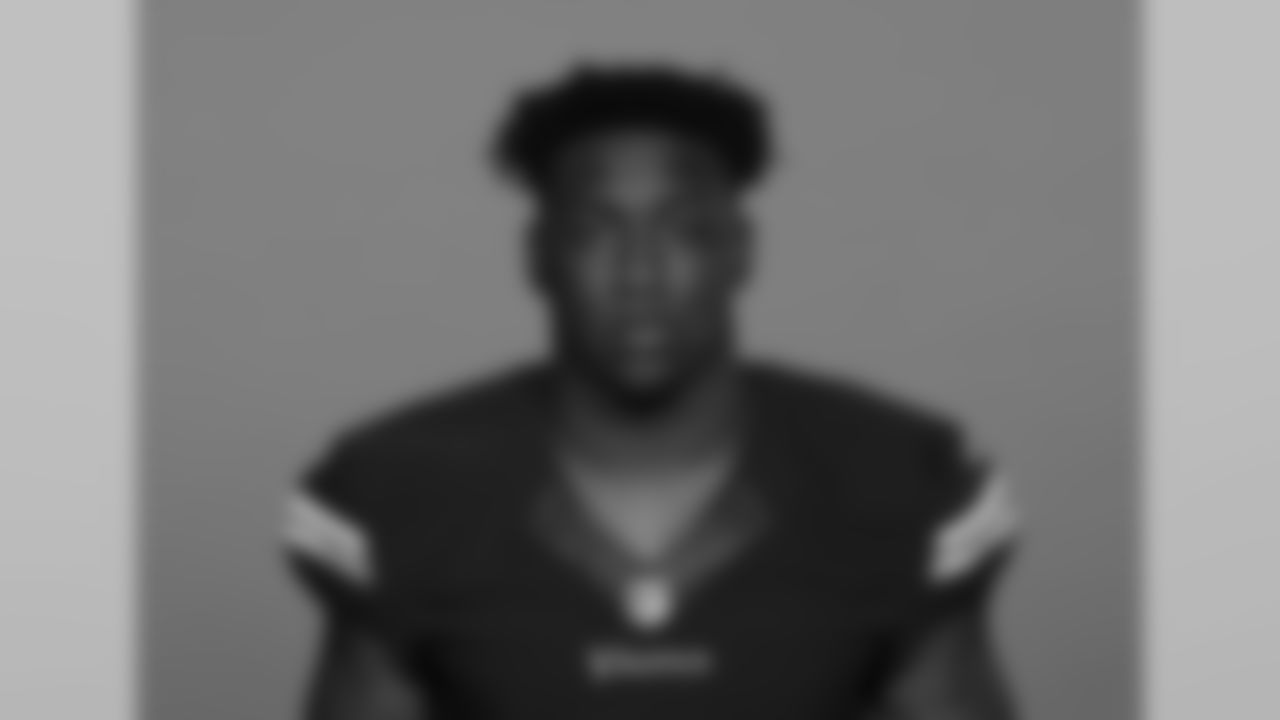


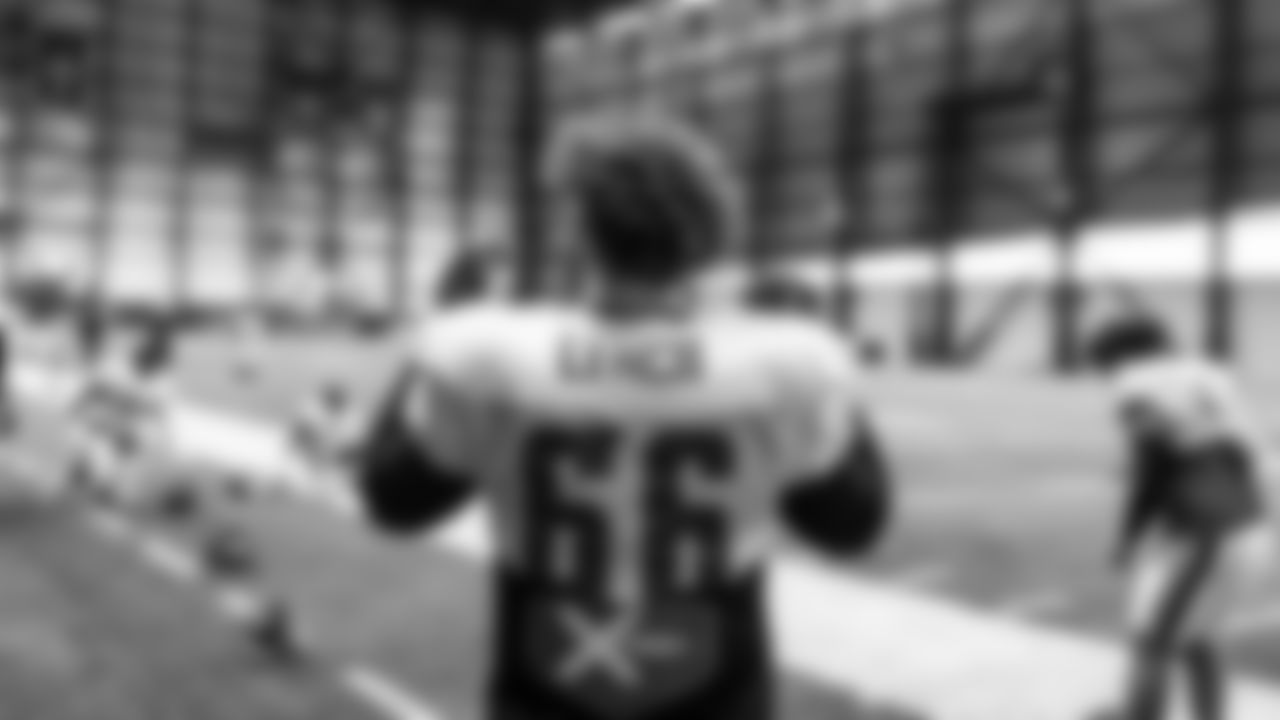
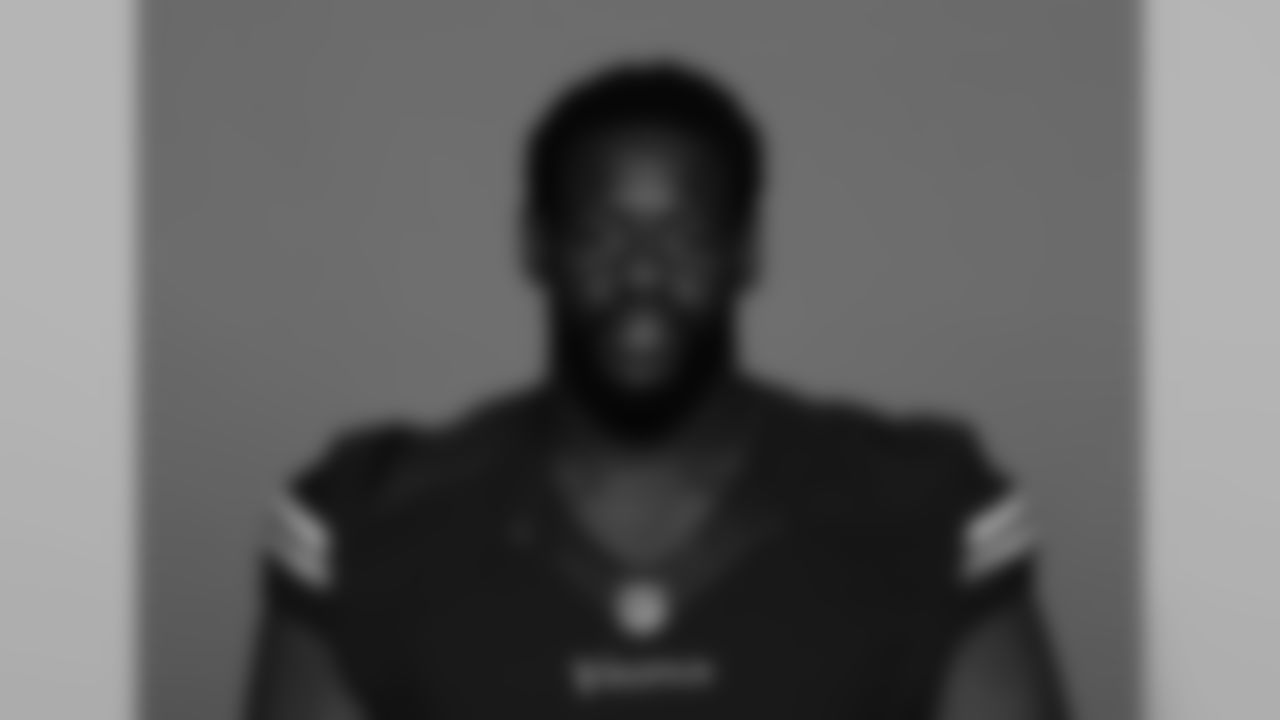
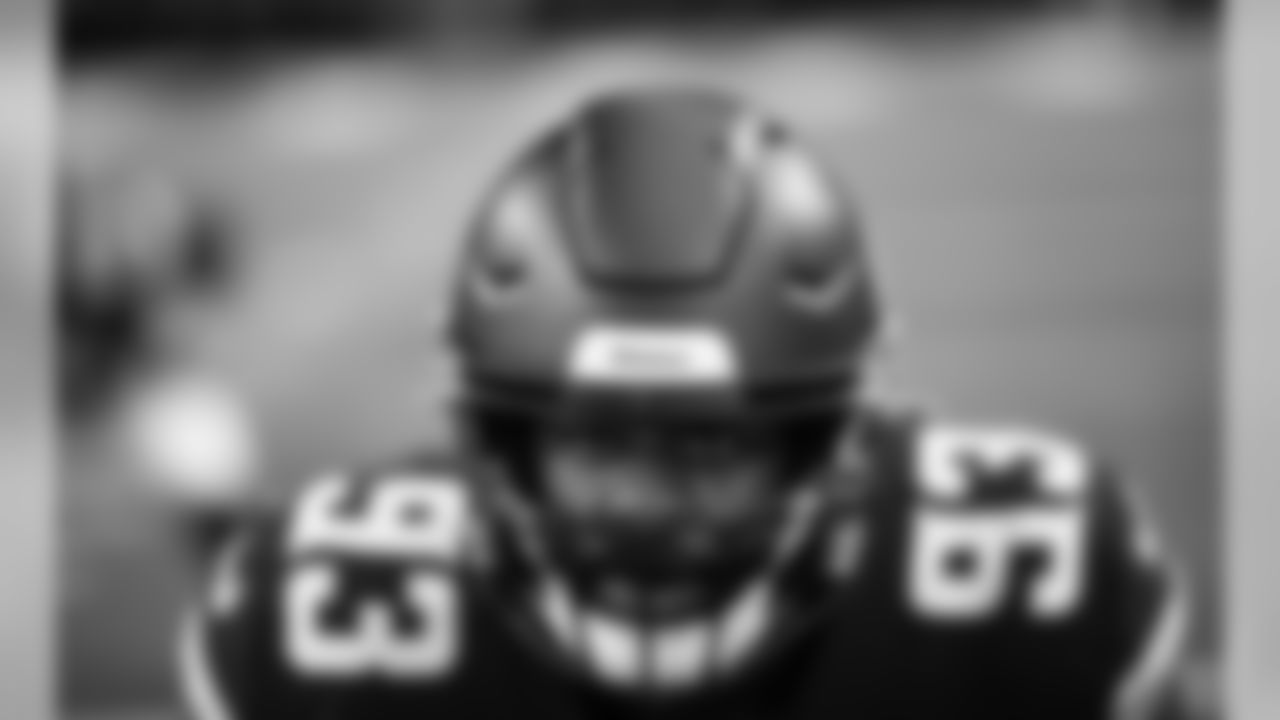
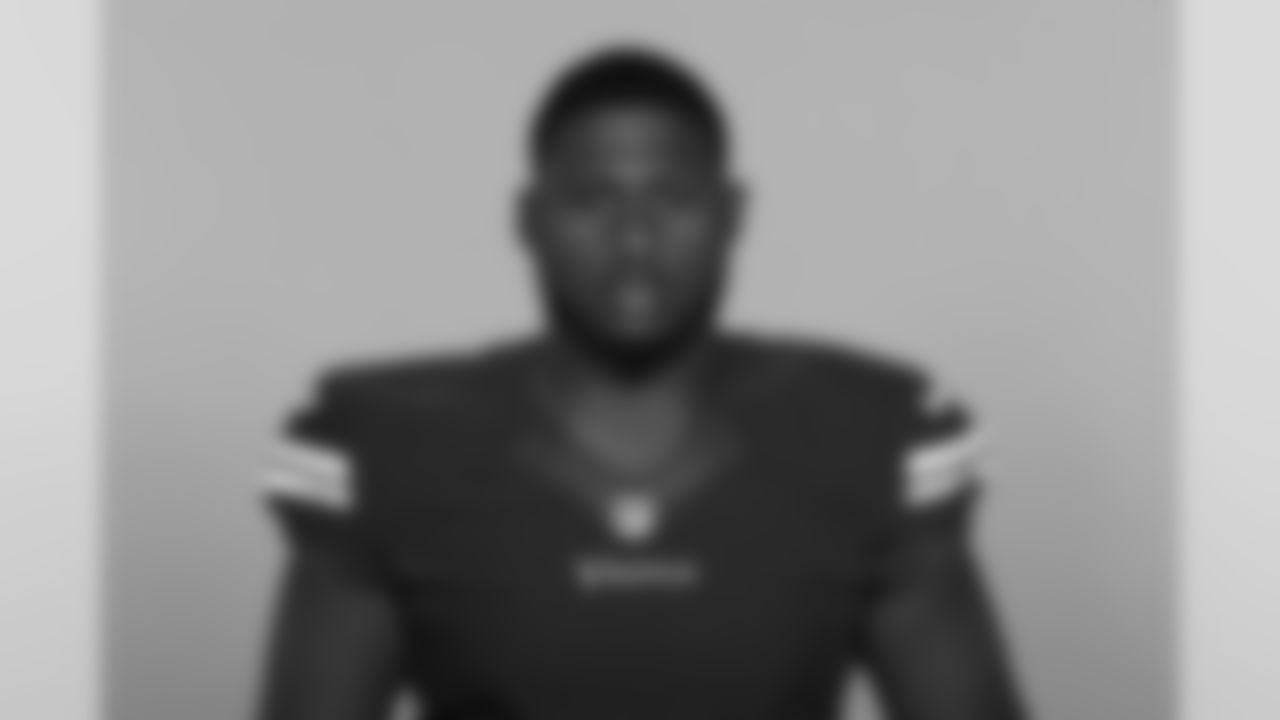

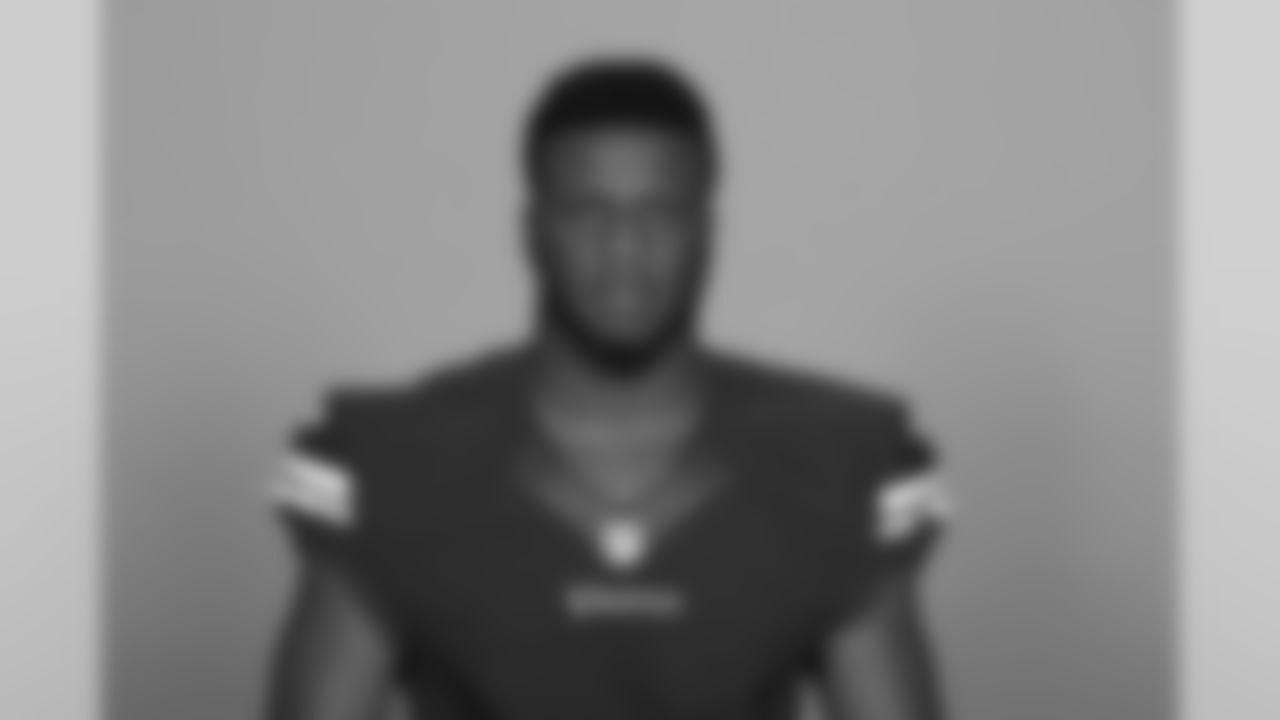


96 DT Armon Watts
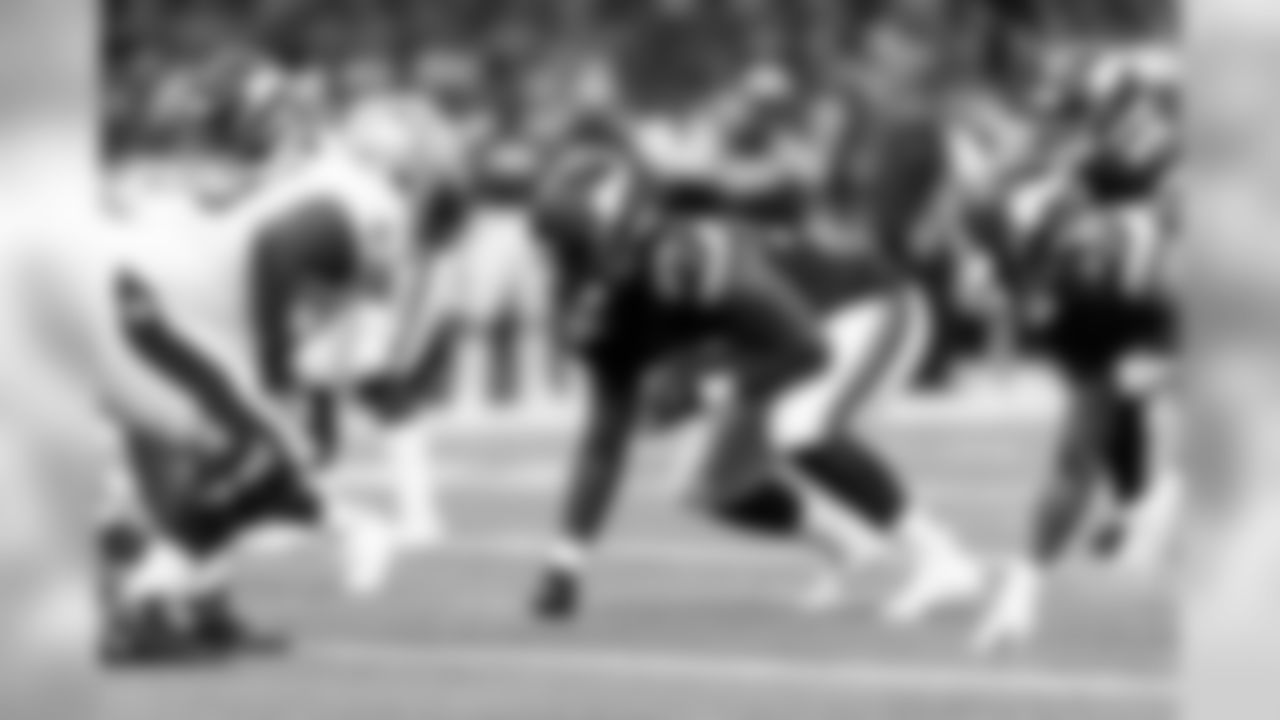
96 DT Armon Watts
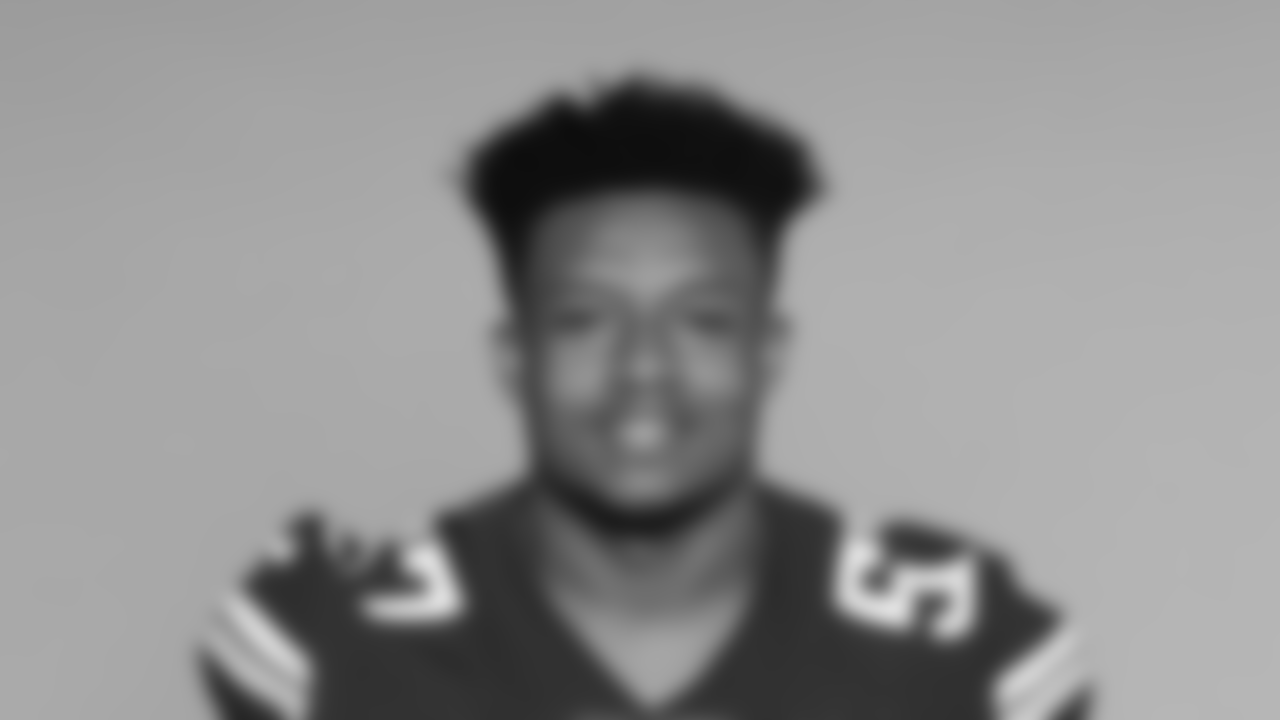

4. Vikings LBs rolling with the punches | By Lindsey Young
The Vikings linebacker corps looks quite a bit different this season than it did last year.
Ben Gedeon remains on the Physically Unable to Perform list, and reserve linebacker Cam Smith underwent open heart surgery in August after a positive COVID-19 test led to the discovery of a previously undetected birth defect.
Minnesota lost one of its starting linebackers when Anthony Barr suffered a season-ending pectoral injury in Week 2, and rookie Troy Dye also landed on Injured Reserve after two weeks.
Eric Kendricks has continued to do Eric-Kendricks things, and the sixth-year starter's 66 tackles (league stats) led the NFL through Week 6.
Eric Wilson has stepped up and contributed in a big way in Barr's absence, having taken over not only the starting role but also wearing the "green dot" helmet to relay defensive calls from the sideline. Wilson leads the Vikings with two interceptions through six games. His four tackles for loss lead the team after Minnesota traded Yannick Ngakoue on Thursday. Wilson's 2.0 sacks now trail only 2.5 by Ifeadi Odenigbo.
Other new faces for Minnesota who have contributed at linebacker include Hardy Nickerson, whom the Vikings signed during training camp, and most recently Todd Davis, who joined the team following the Colts game. Davis played 20 and 38 percent of Minnesota's defensive snaps in Weeks 5 and 6, respectively.
5. Lack of consistent pressure and tight enough coverage a bad combo | By Craig Peters
The six quarterbacks the Vikings have opened the season against — Aaron Rodgers (8), Philip Rivers (8), Ryan Tannehill (1), Deshaun Watson (2), Russell Wilson (6) and Matt Ryan (4) — have 29 combined Pro Bowls over the course of 53 seasons that they've started at least 10 games.
That's quite the gauntlet, even for the most vaunted of defenses. Throw in the sizable roster turnover in a year without a full offseason program or preseason games, as well as injuries to a pair of Pro Bowlers (Danielle Hunter and Barr), and it's all the makings for a departure from what has been the standard for the Vikings under Zimmer.
Minnesota's defense has struggled to consistently pressure on opposing quarterbacks with pass rushers, and it's lack of tight enough coverage by young corners has sometimes forced both safeties to play deeper rather than going with a single-high look and blitzing Harrison Smith.
A low murmur of NFL-regulated artificial crowd noise struggles to fill voluminous U.S. Bank Stadium and pales in comparison to the raucous atmosphere that helped the Vikings lead the NFL in sacks in regular-season home games from 2016-19 with 104.
A strength in one can cover the other, with a pass rush affecting the quarterback into bad decisions or errant throws, or with defensive backs smothering receivers and allowing rushers to "get home."
Defenses are usually most successful when rush and coverage work hand-in-hand. The Vikings will emphasize finding that harmony on the other side of their bye.
6. Quality of drives and misses in situational football | By Craig Peters
The item above has been a key factor as to why the Vikings defense has been unable to get off the field, but Minnesota's offense also has struggled to stay on it.
Opponents have had 66 possessions and committed five turnovers (7.6 % of possessions), scored 19 touchdowns (28.8 %) and 19 field goals (28.8 %). They've had just seven possessions — not including end-of-half or end-of-game clock run-outs — last three or fewer plays and result in a punt or turnover.
The Vikings have had 68 possessions and committed 12 turnovers (17.6 % of possessions), scored 19 touchdowns (27.9 %) and six field goals (8.8 %). They've had 25 possessions — not including end-of-half or end-of-game clock run-outs — last three or fewer plays and result in a punt or turnover.
Every week, it's amazing how many NFL games can come down to situations that swing momentum.
Giving up a safety can be one of those types of things. It's a function of bad field position and usually leads to good field position after the 2-point play and free kick. The Vikings had one against Green Bay and at Indianapolis, continuing a streak that began in Week 17 of the 2019 season.
Regarding field position, Vikings opponents have had the best average starting field position on drives (own 35.6-yard line, which is well above the league average of 28.7). The Seahawks (20.8), Colts (23.4) and Titans (23.7) are the three teams at making foes start with bad average field position.
The overall stat sheet shows that the Vikings are 6-for-8 on 2-point conversions after touchdowns, but Minnesota was unsuccessful on an attempt in each of the games that it has lost by 1 point this year.
The Vikings defense has done well on third downs, ranking third in the NFL in allowance rate (24 of 71 third downs for a rate of 33.8 %). Minnesota has fared much poorer on fourth downs, however, having allowed nine conversions on 11 attempts (rate of 81.8 % that ranks 26th in the NFL).
Cleveland (10 conversions allowed on 11 attempts for a rate of 90.9 %) is the only team that has allowed more fourth-down conversions.
The NFL average number of allowed conversions on fourth downs by a team through Week 6 was 4.2 on 7.1 attempts (59.2 %).

















